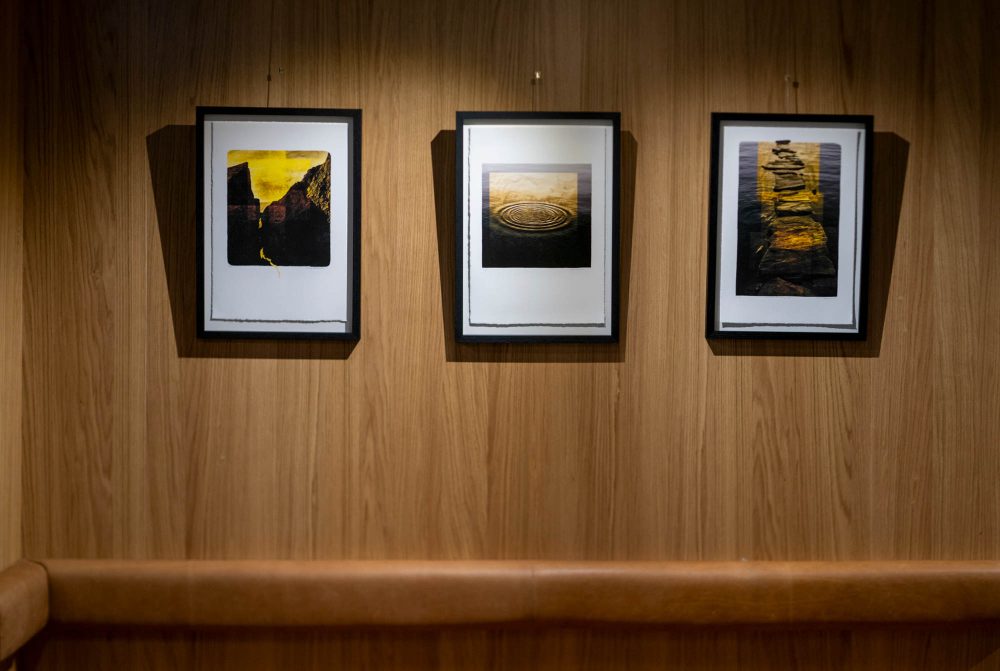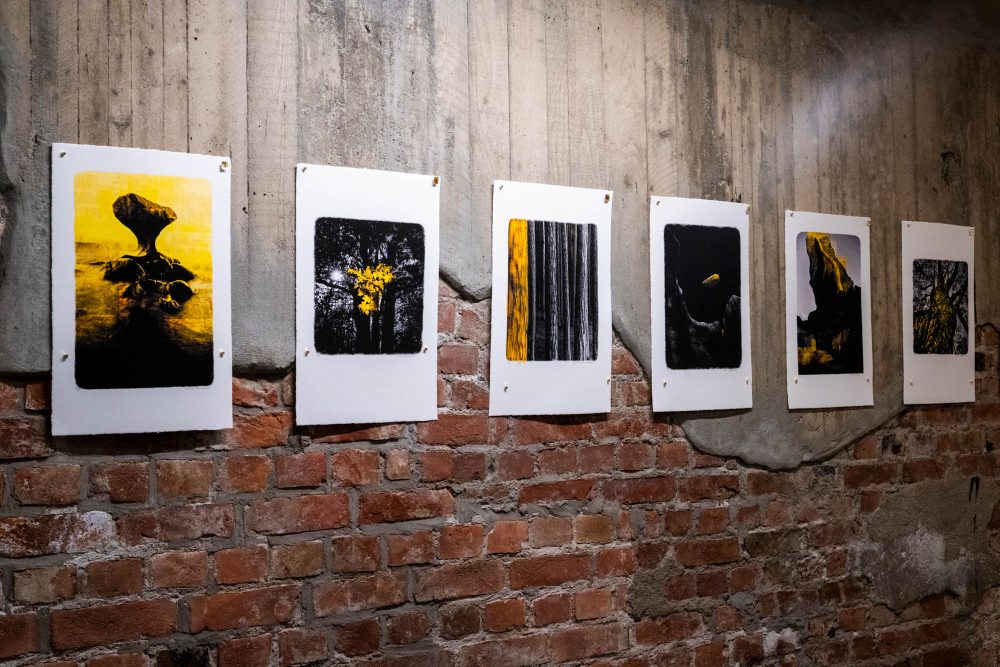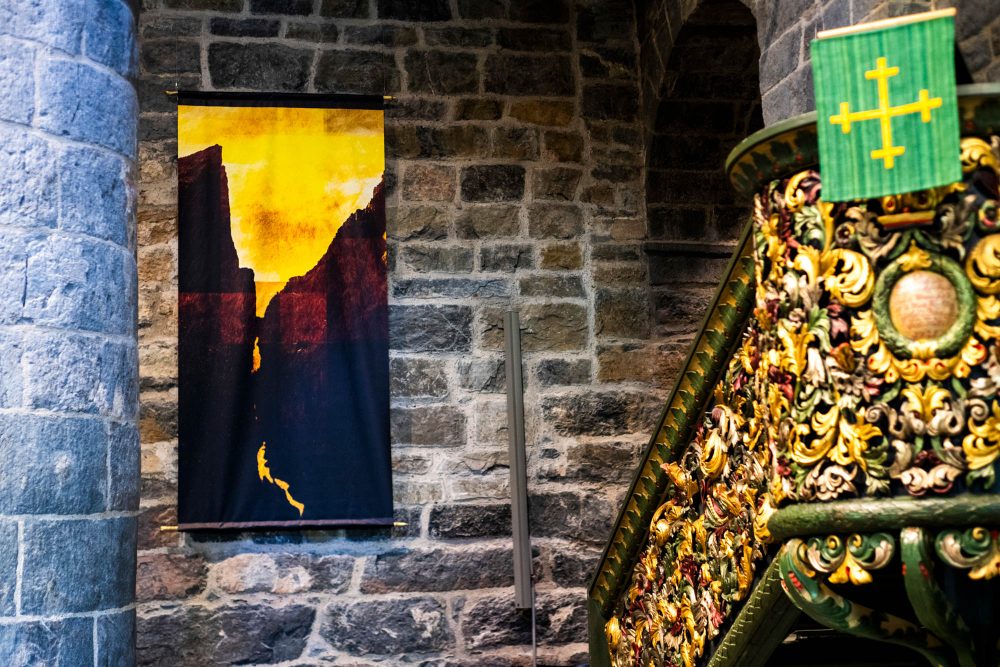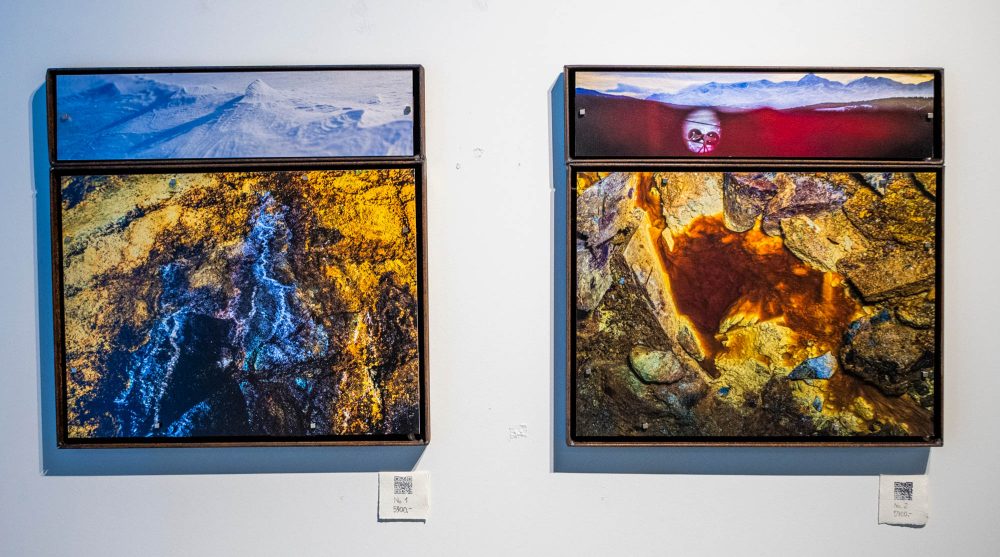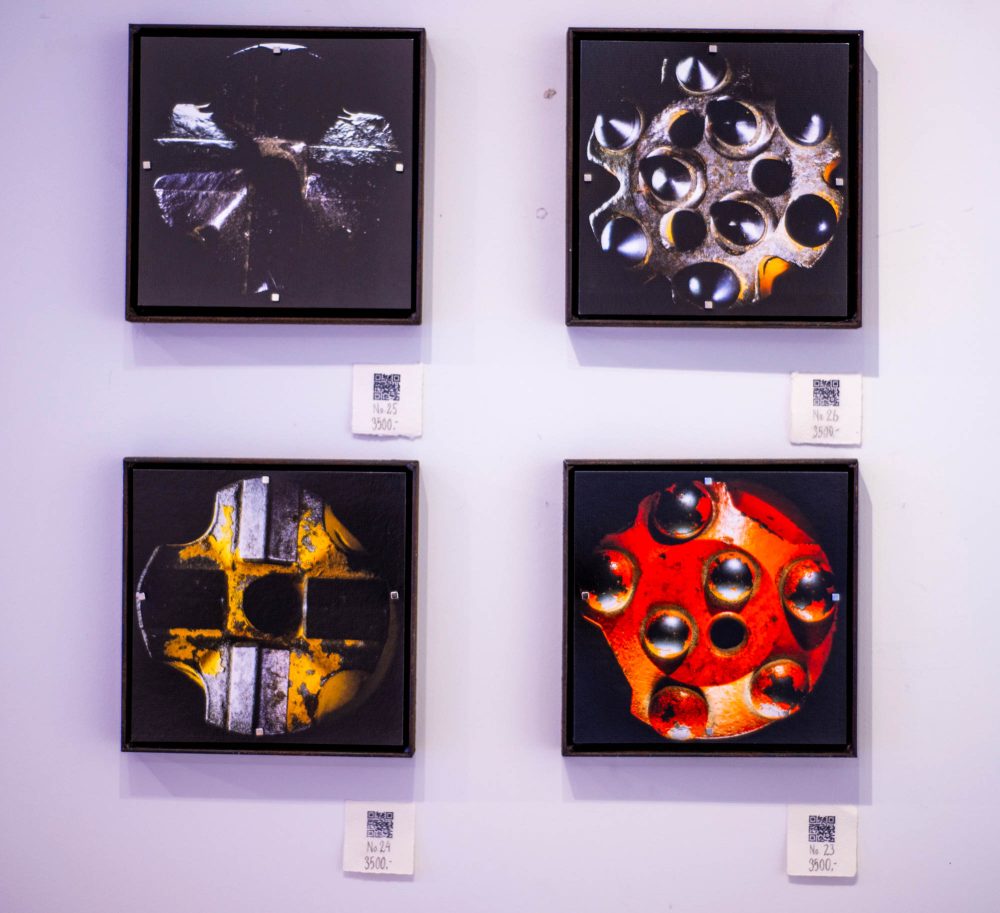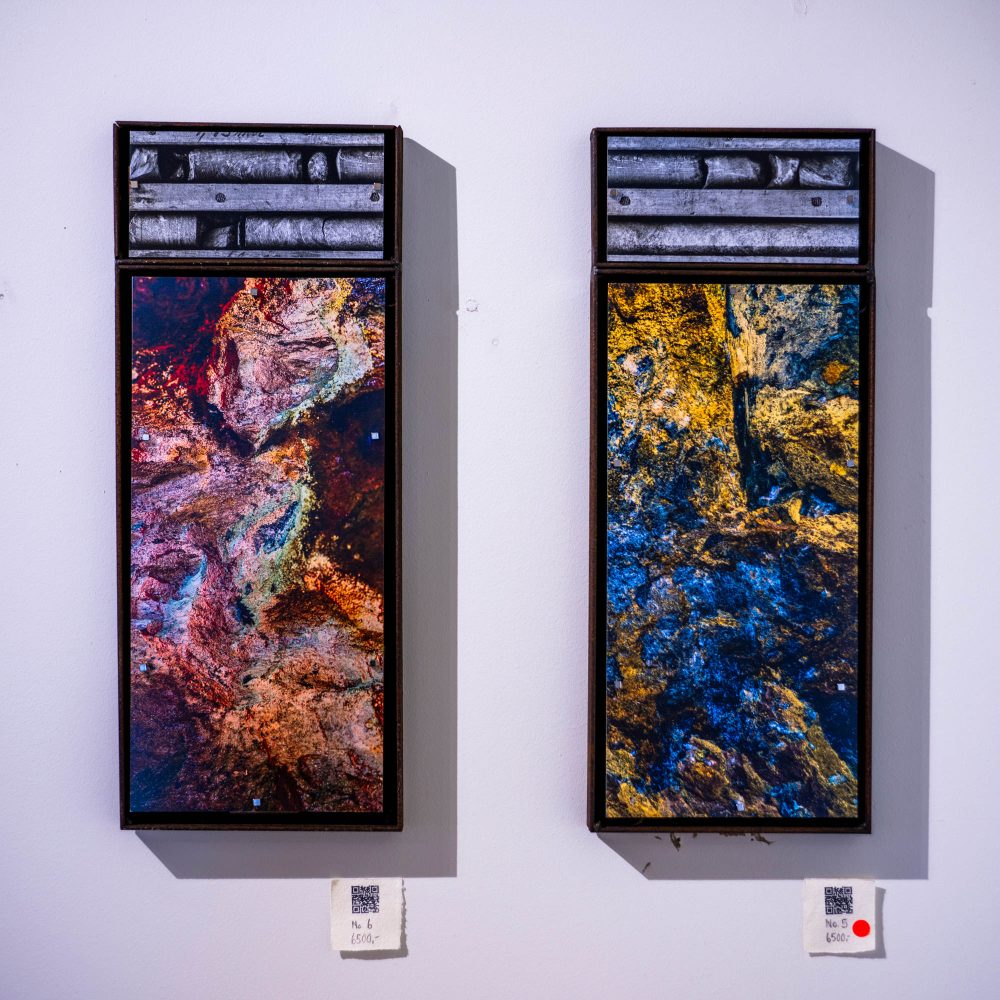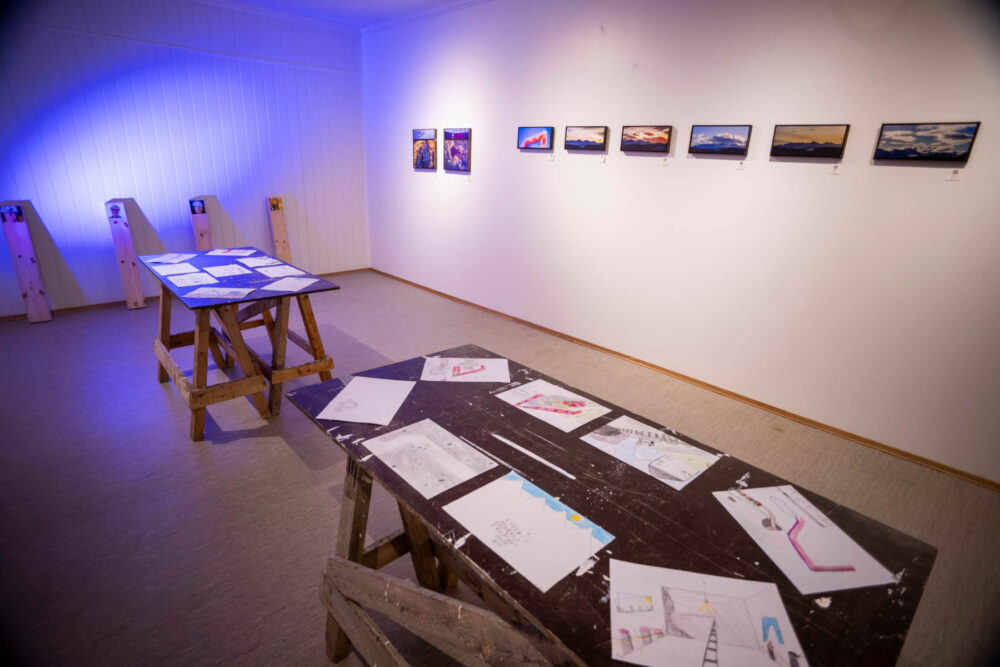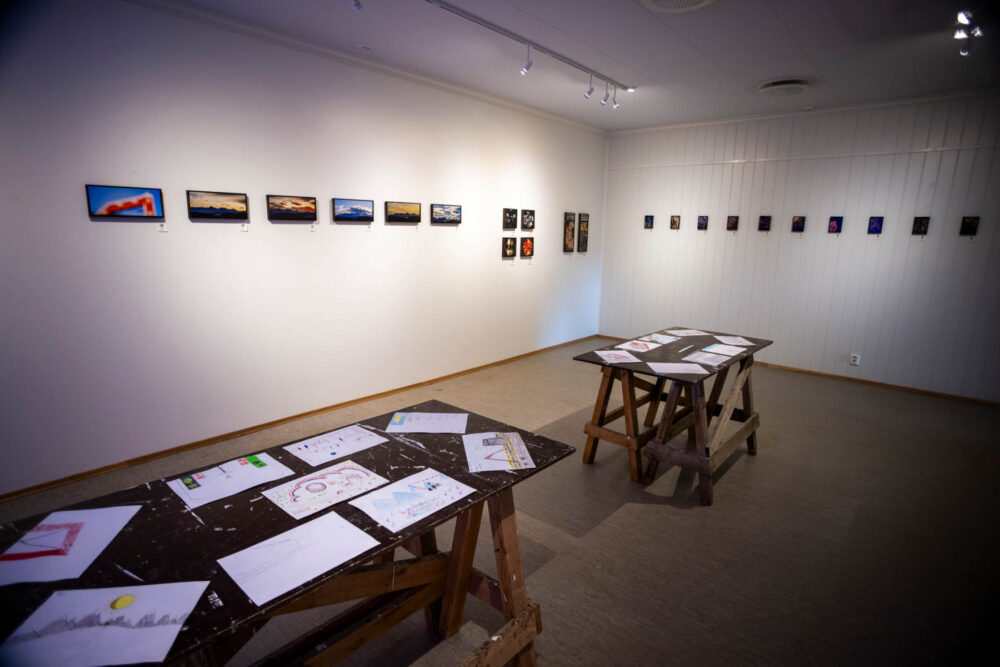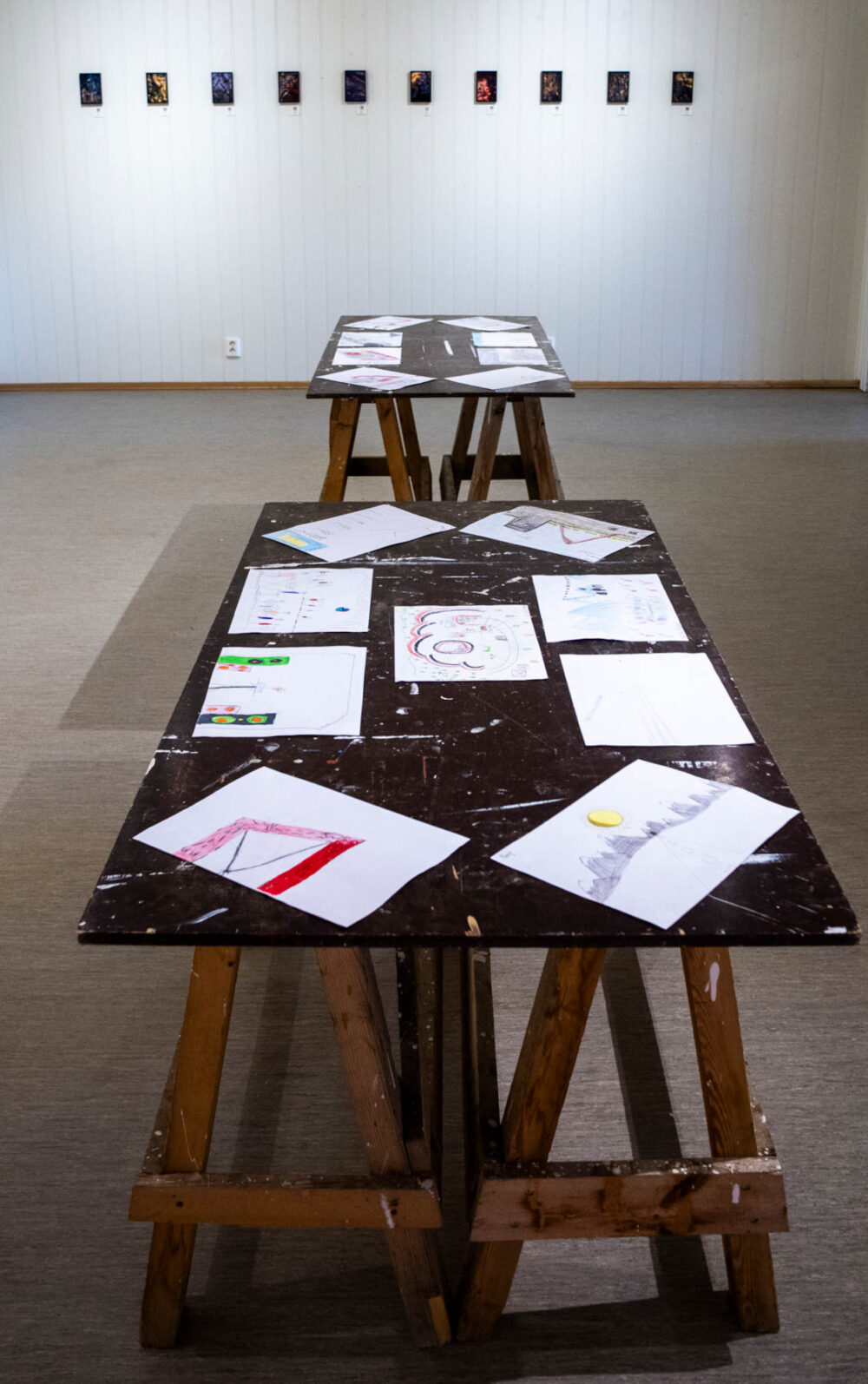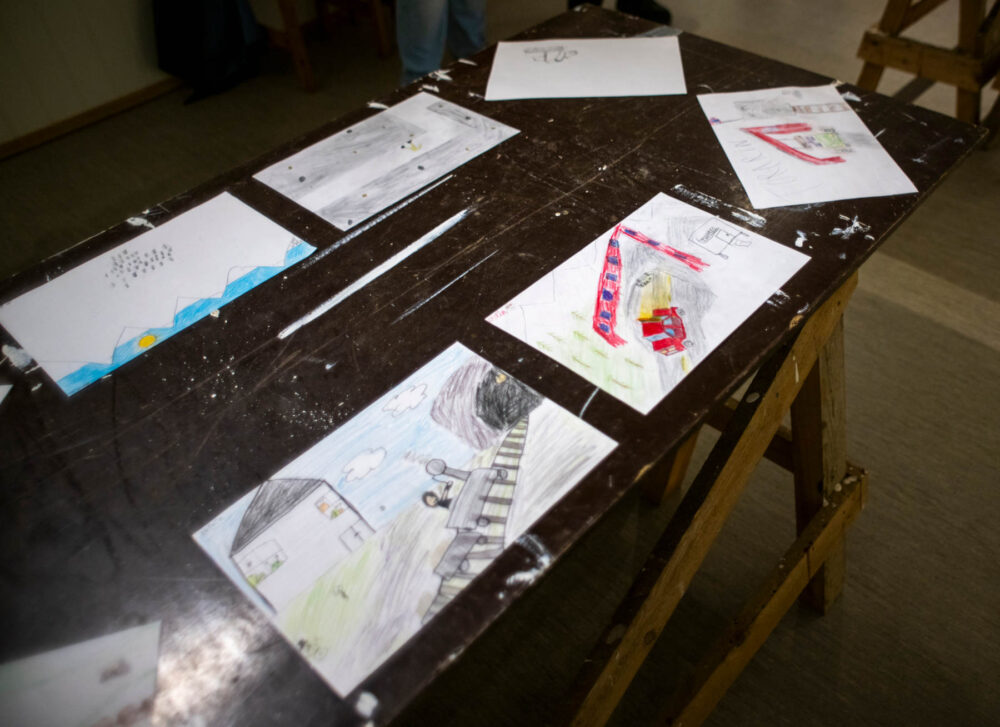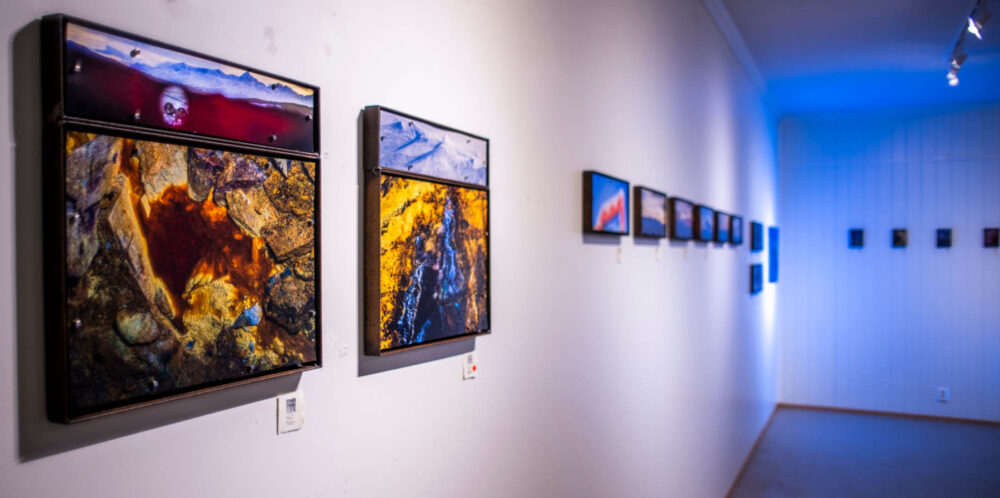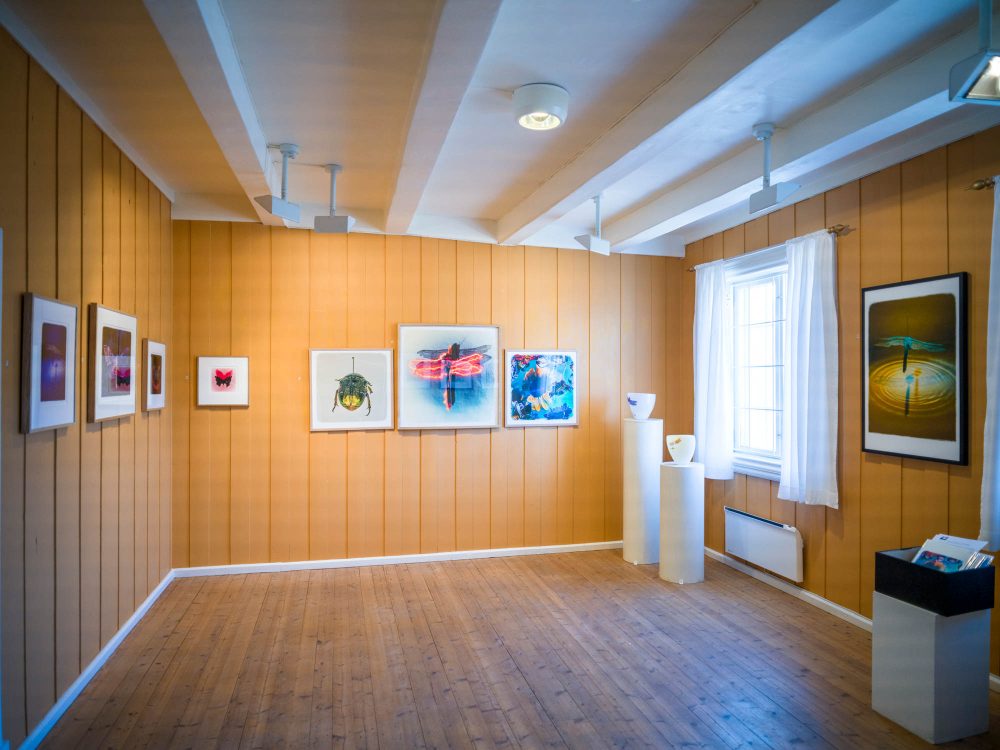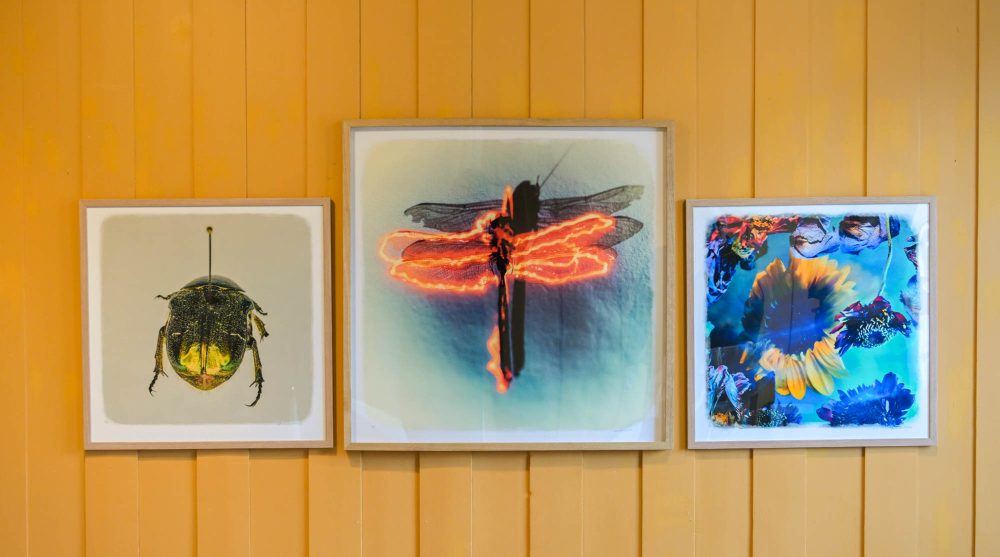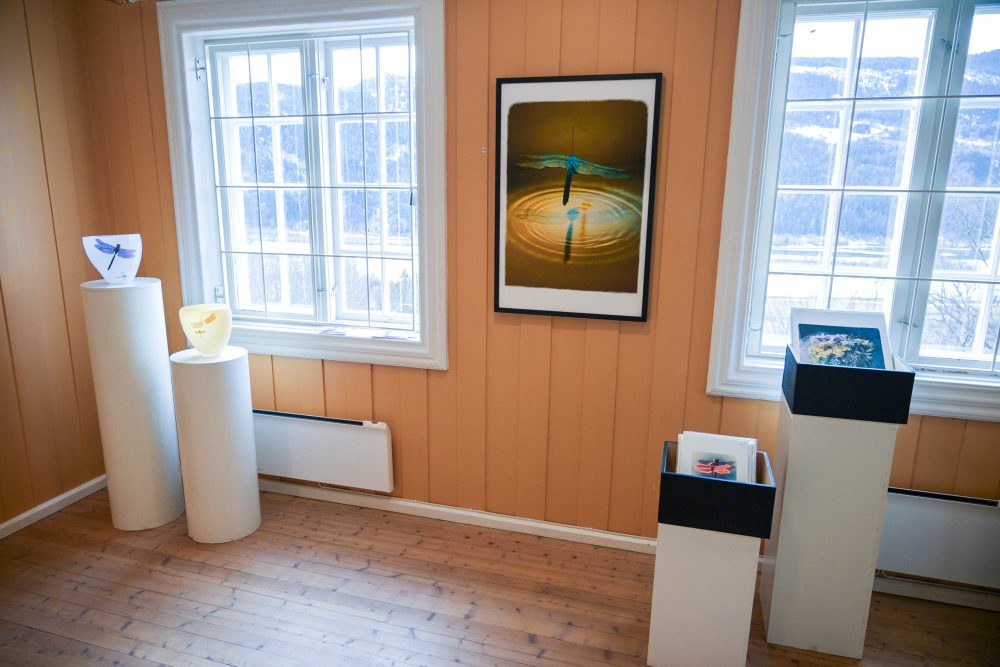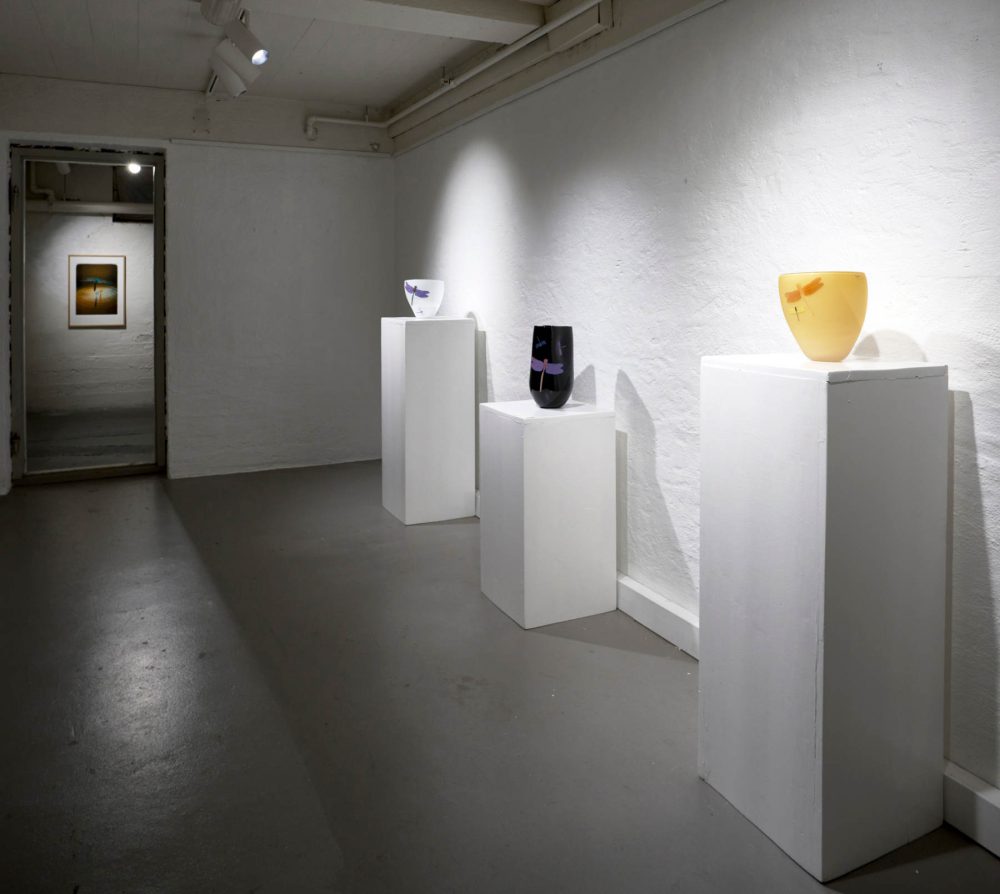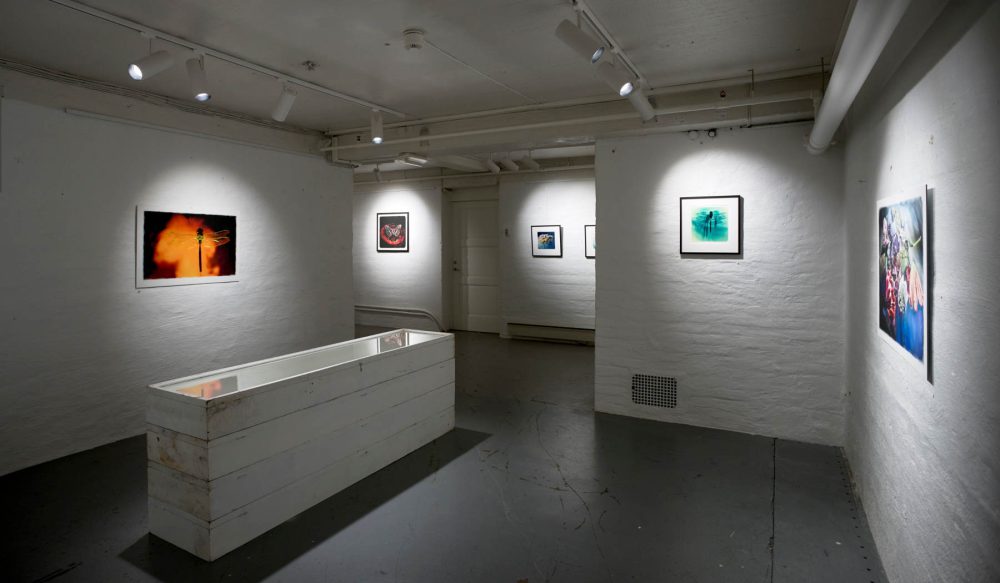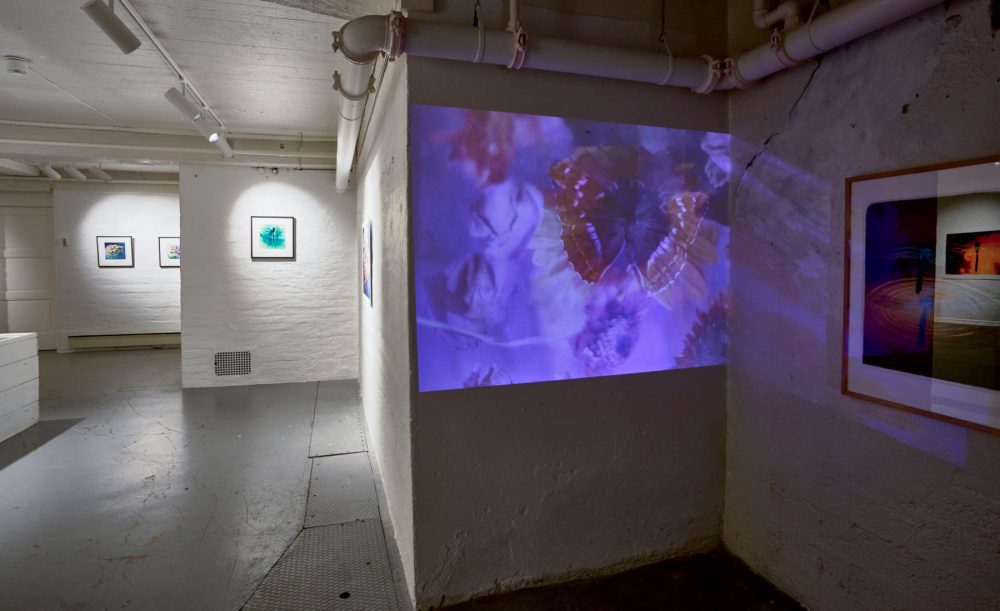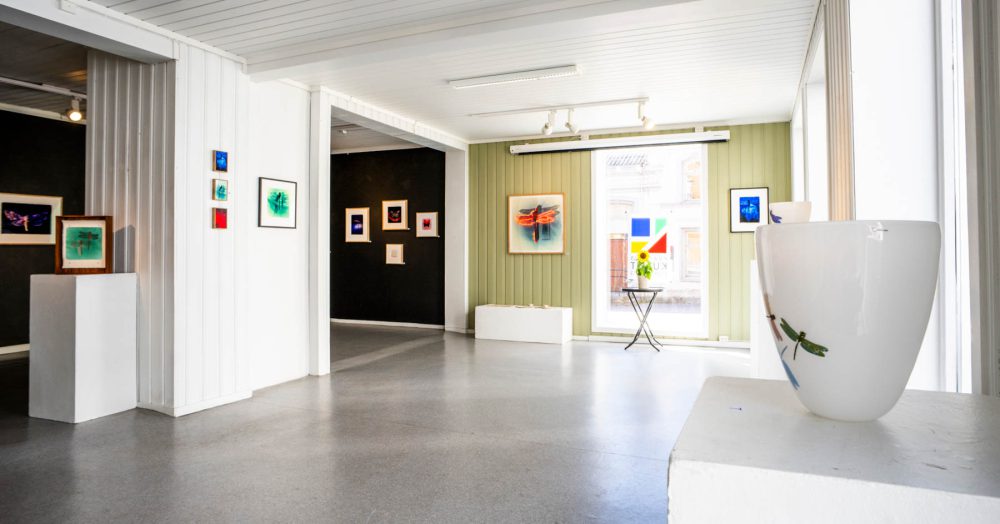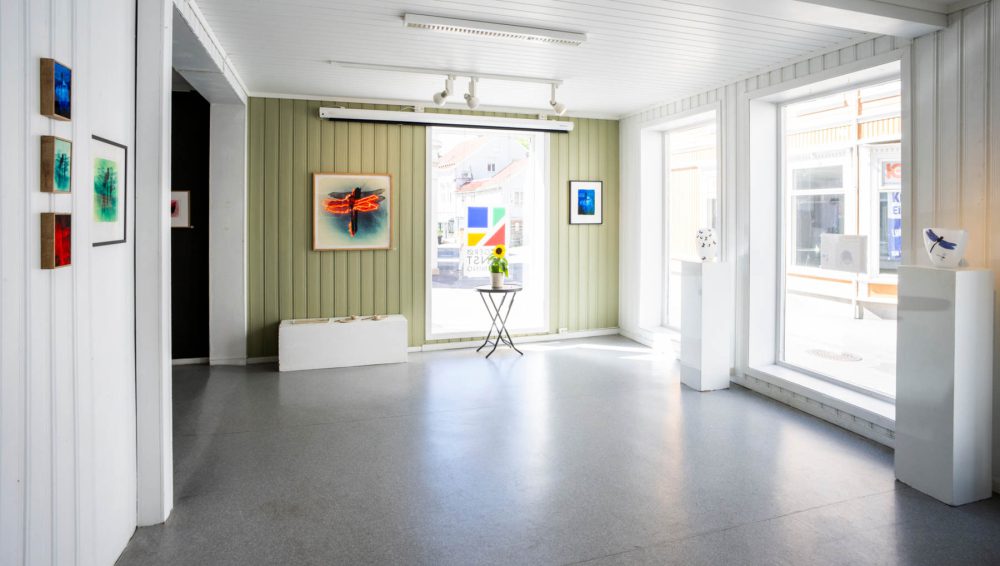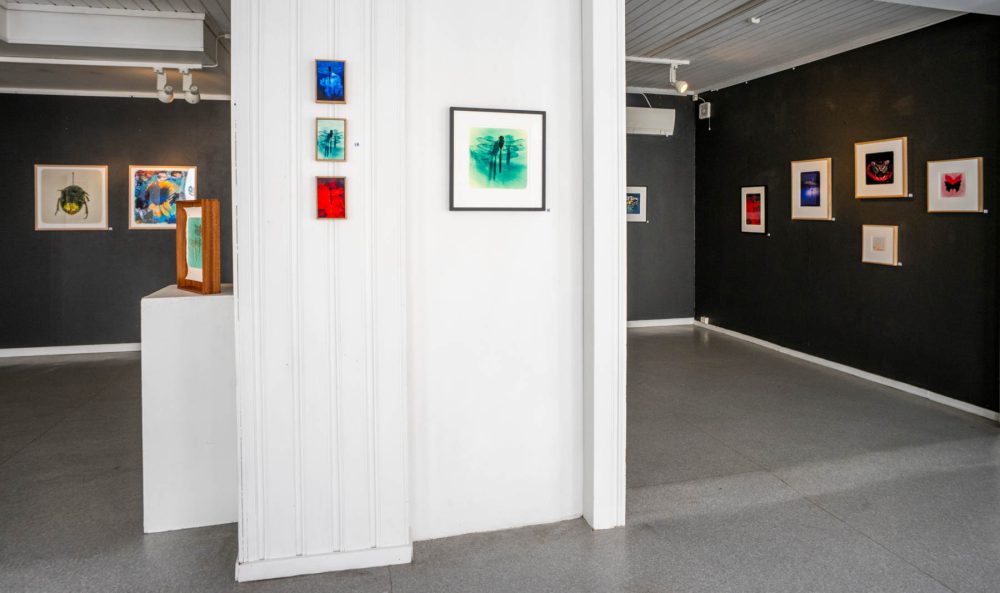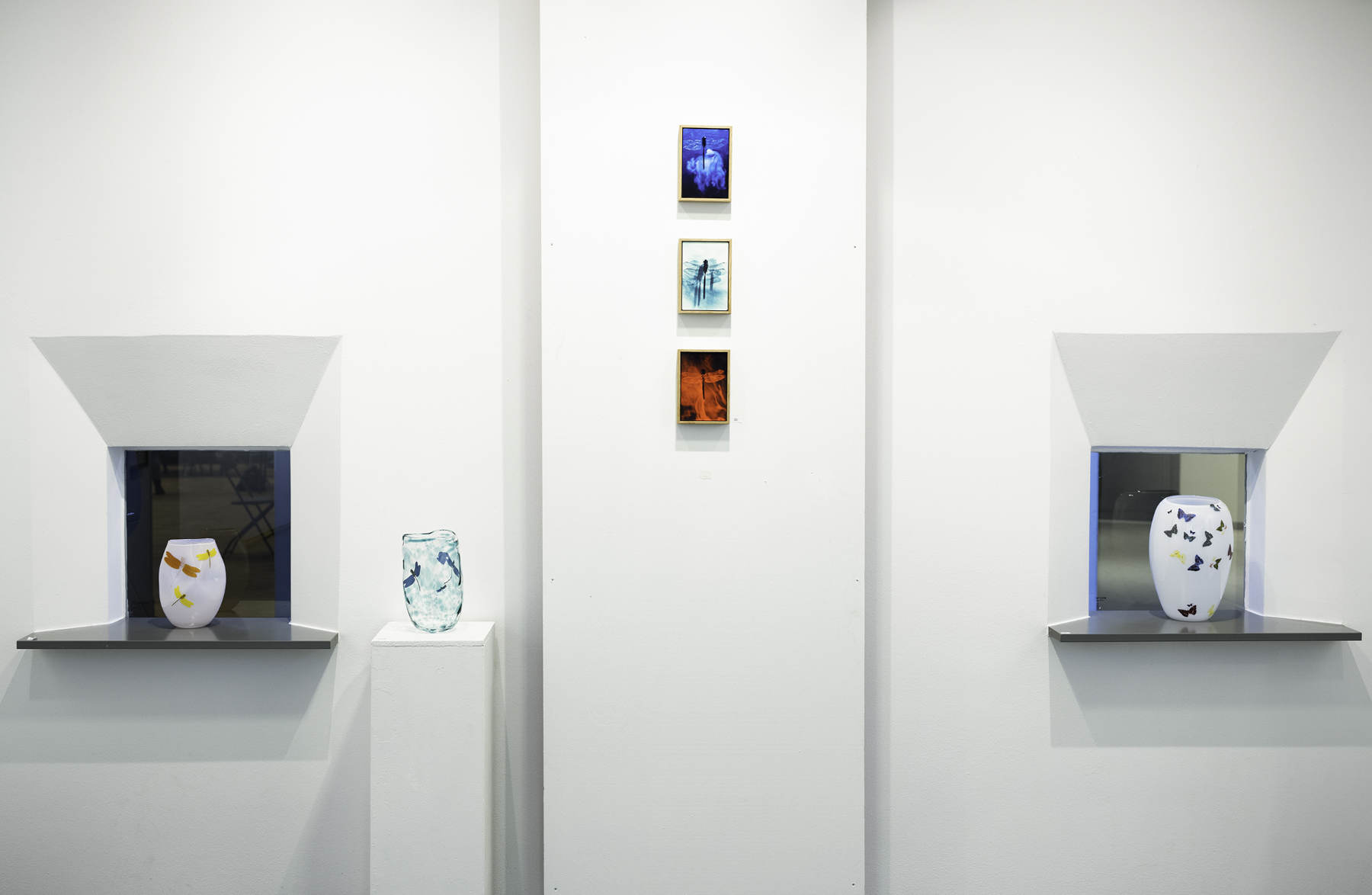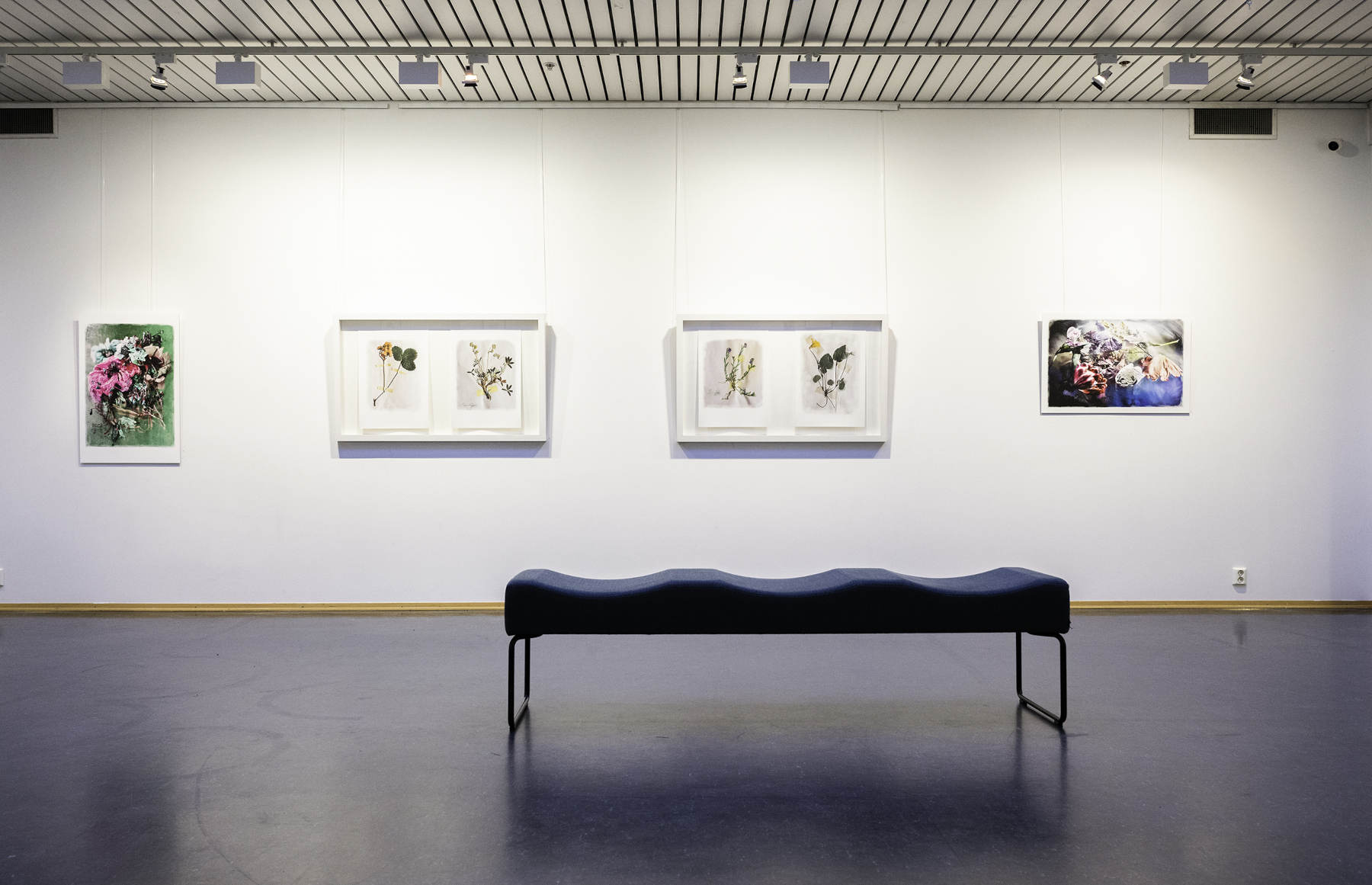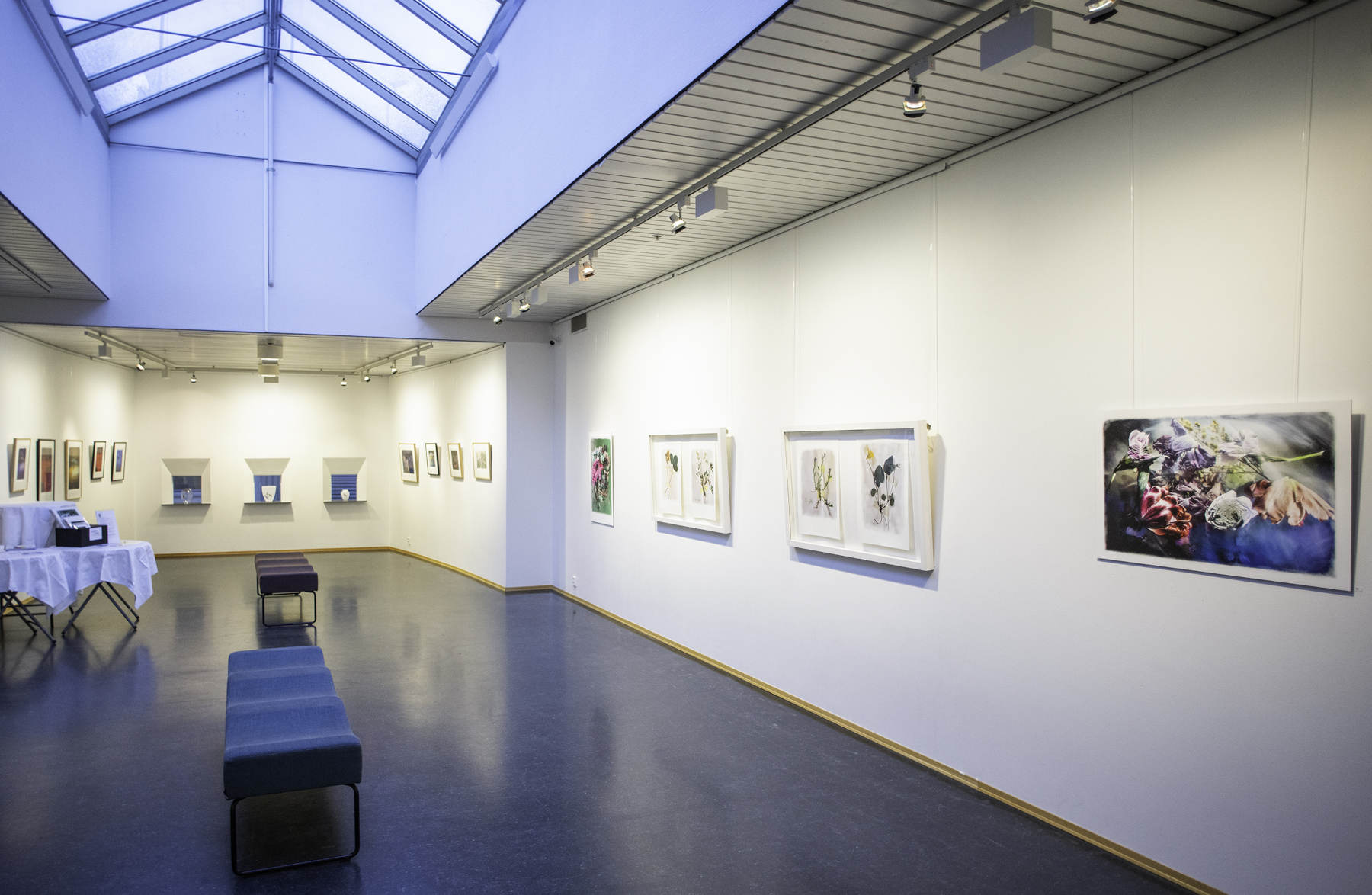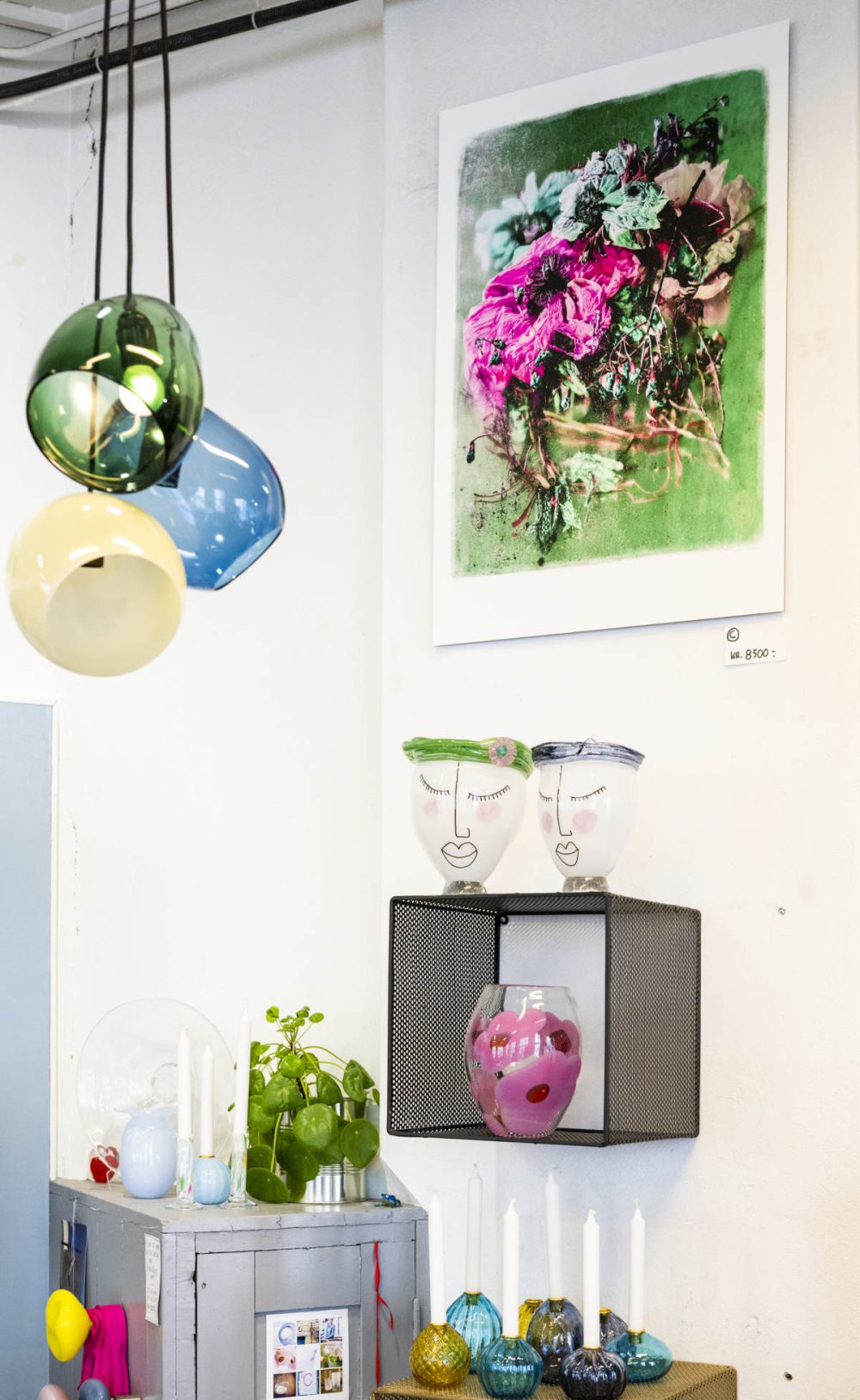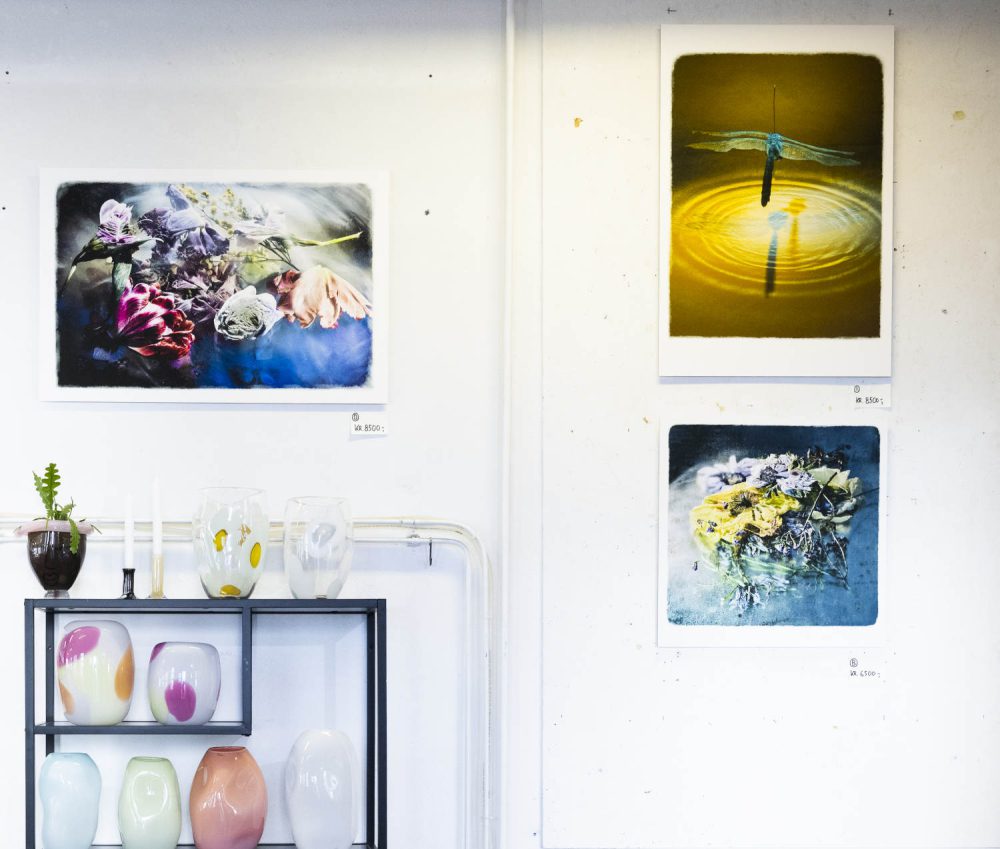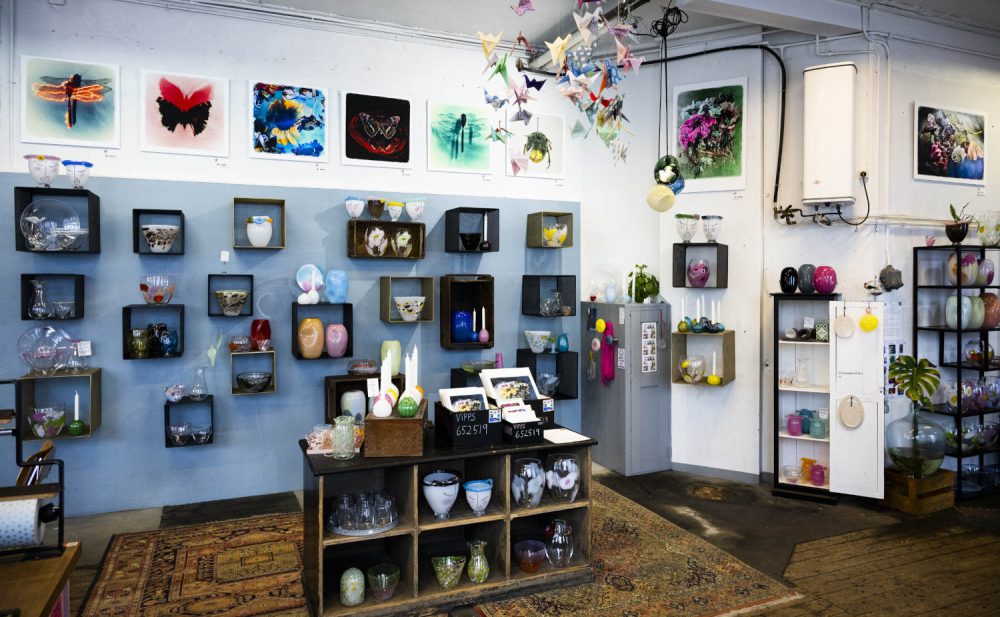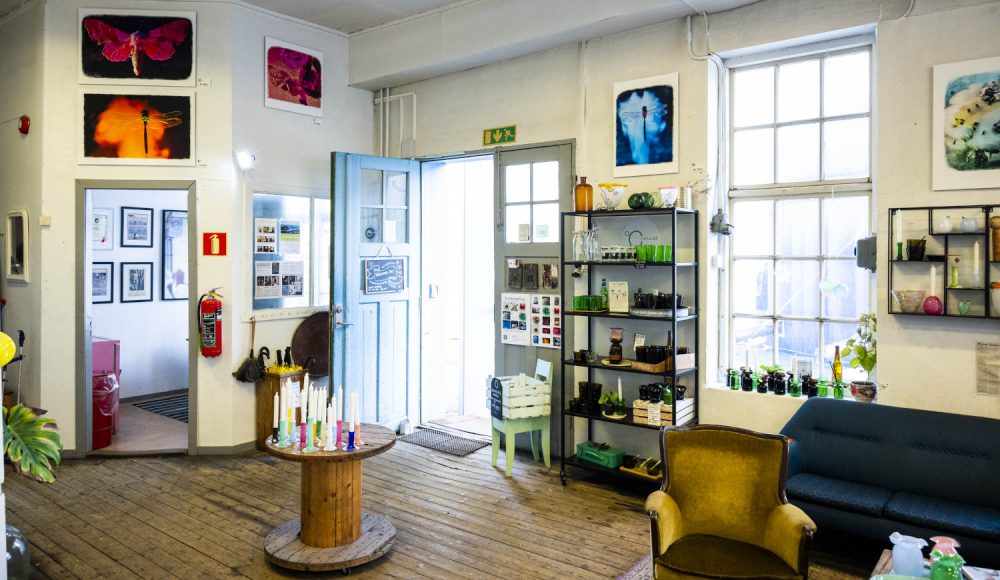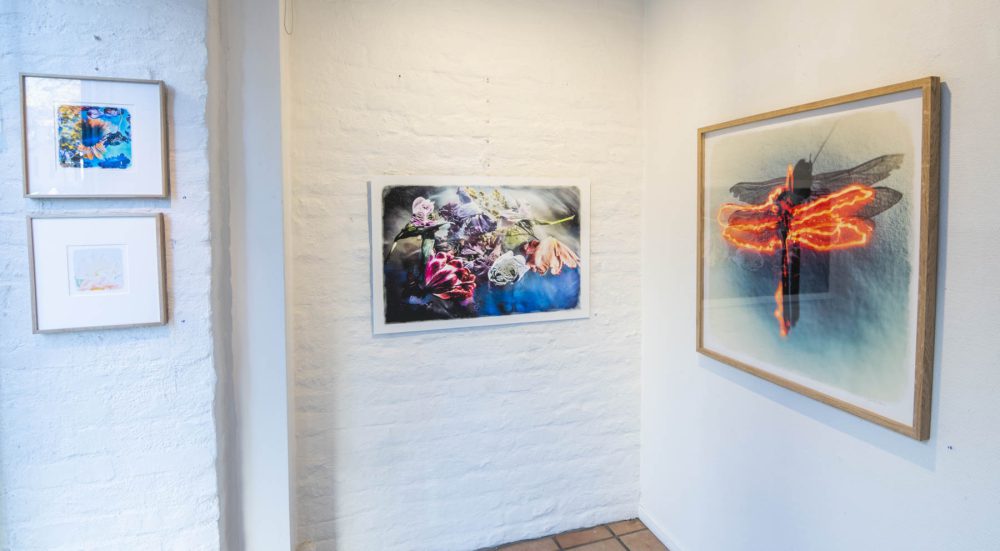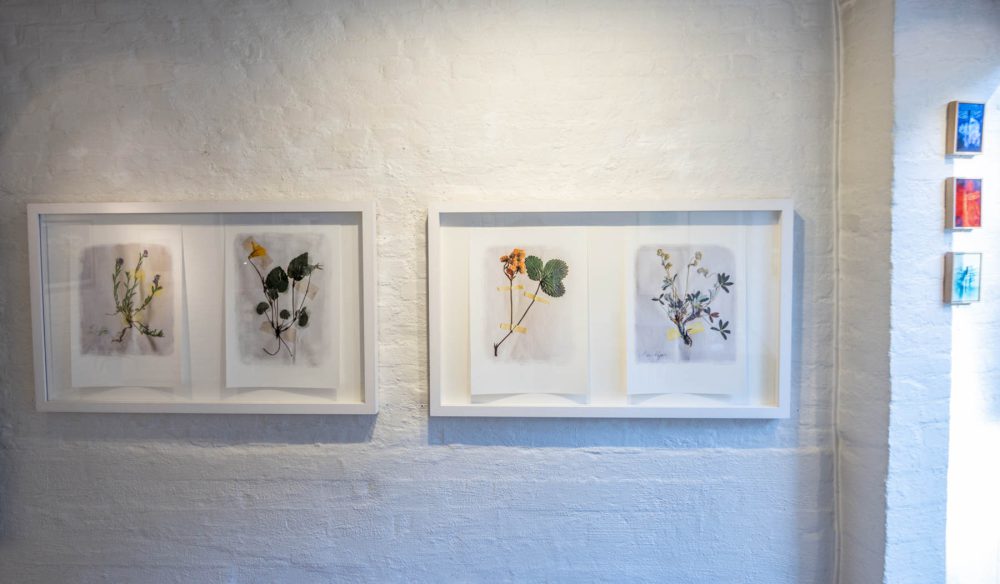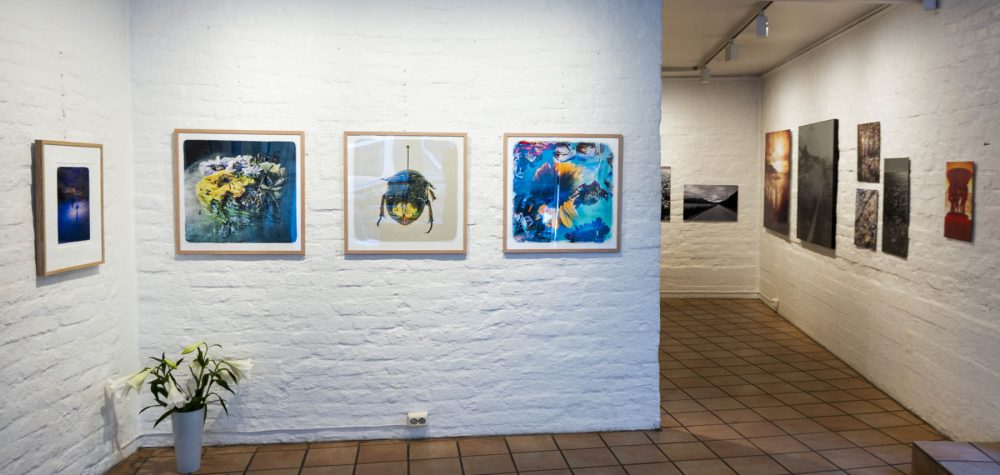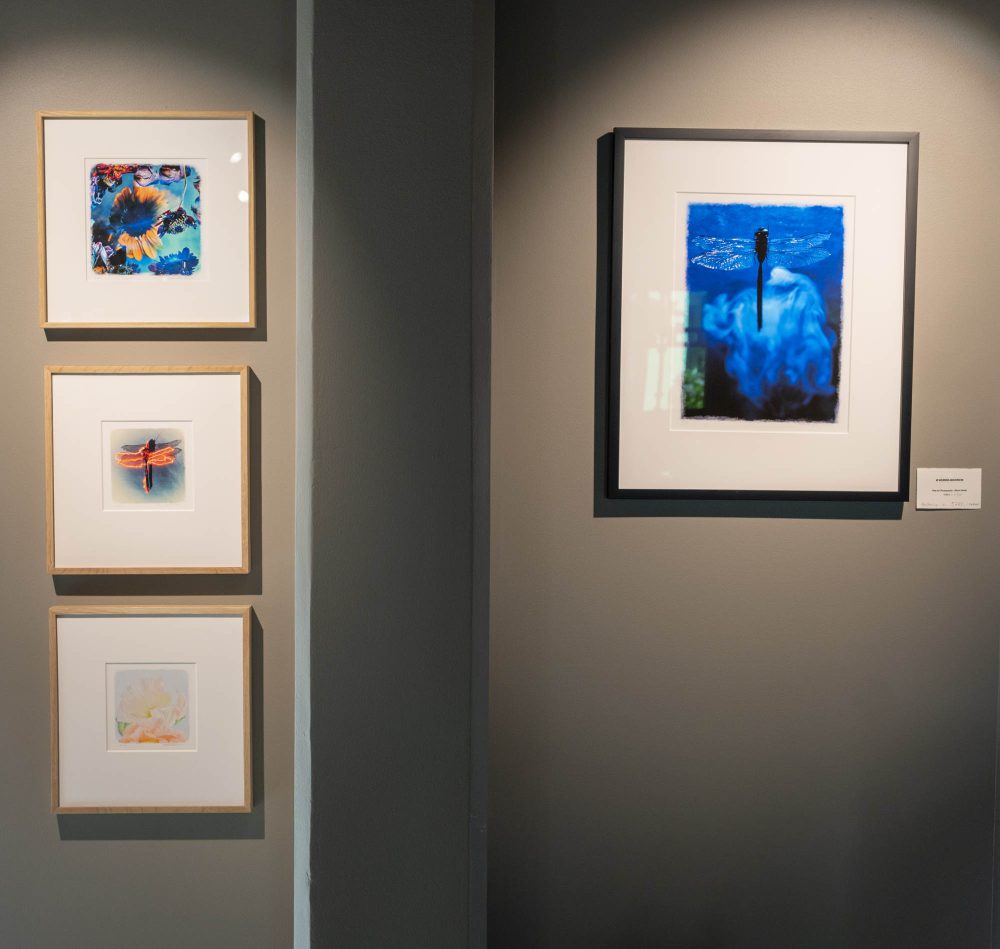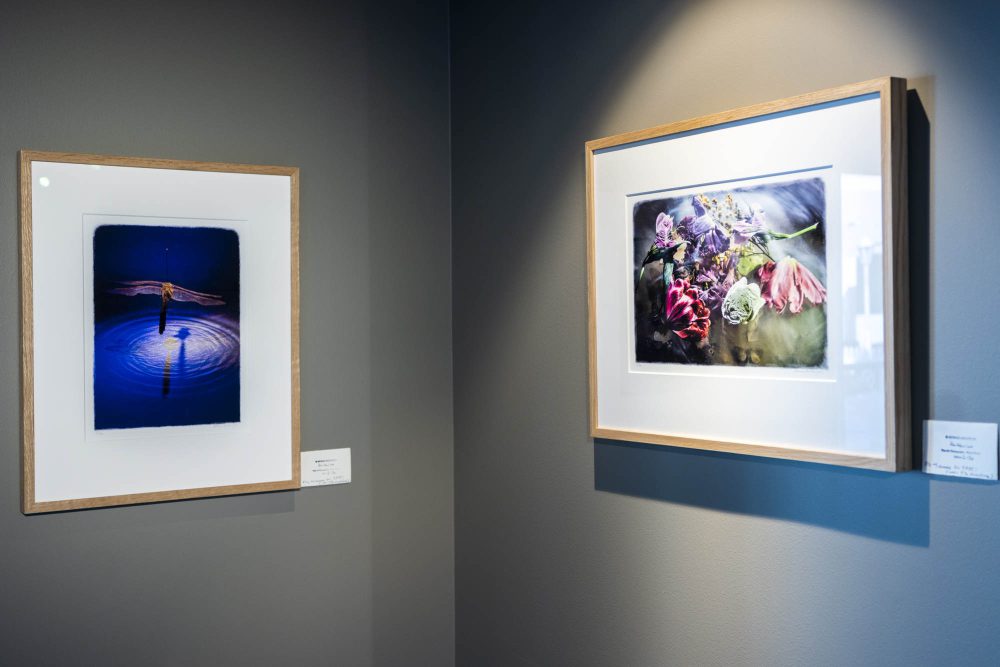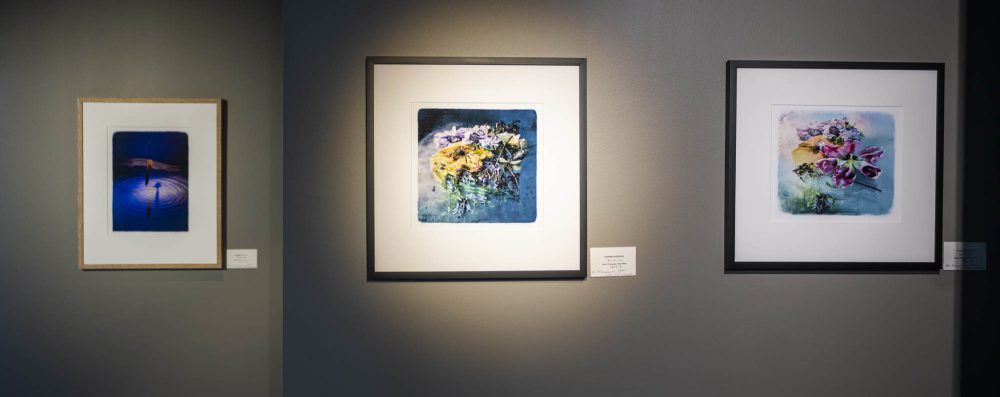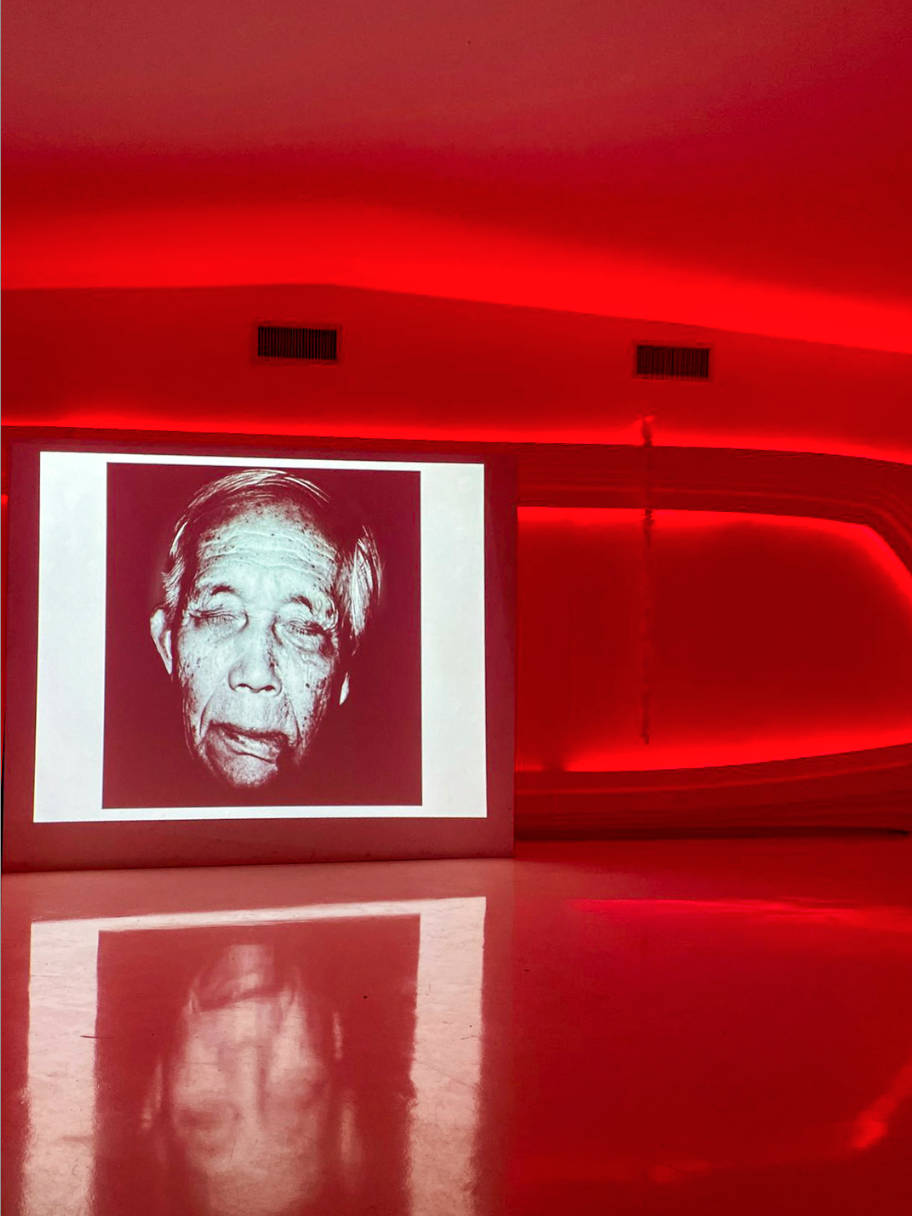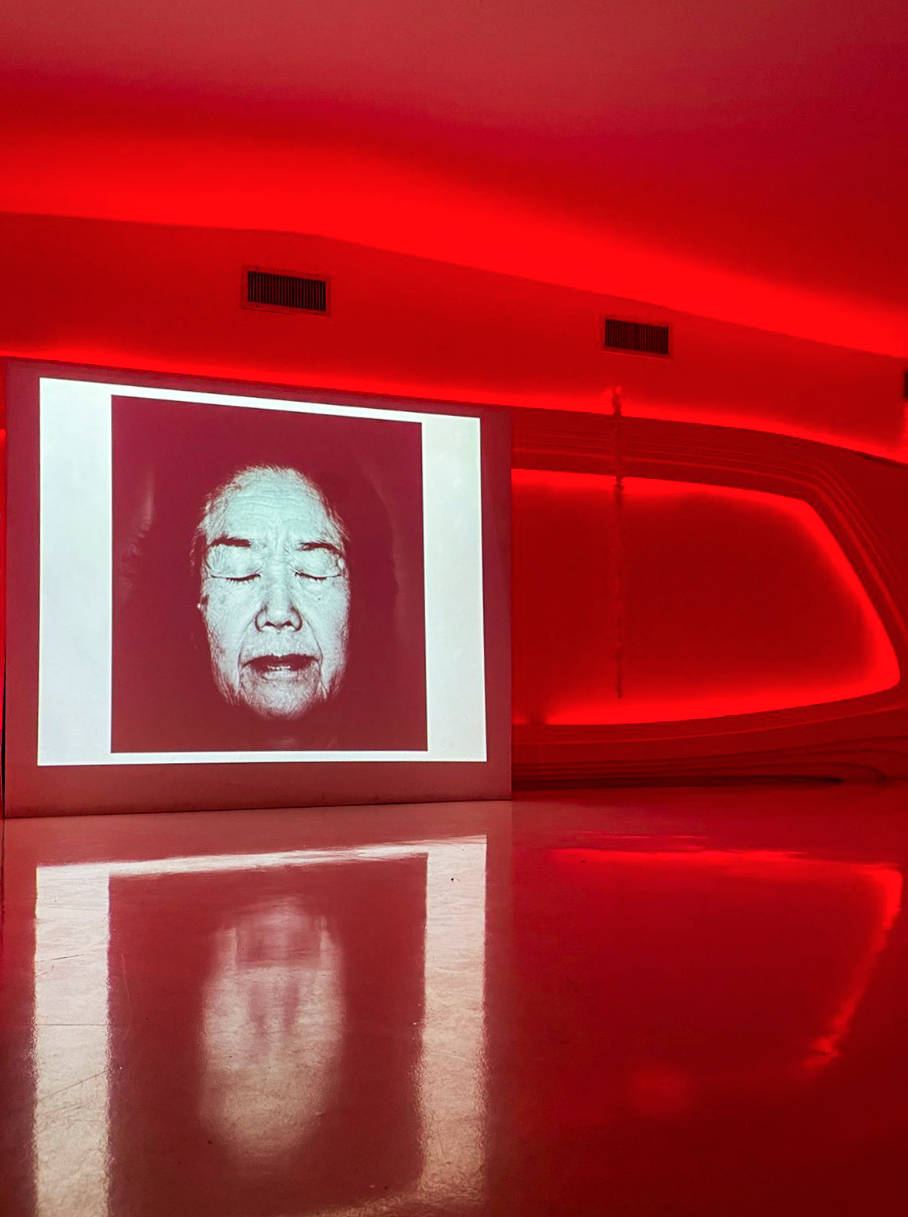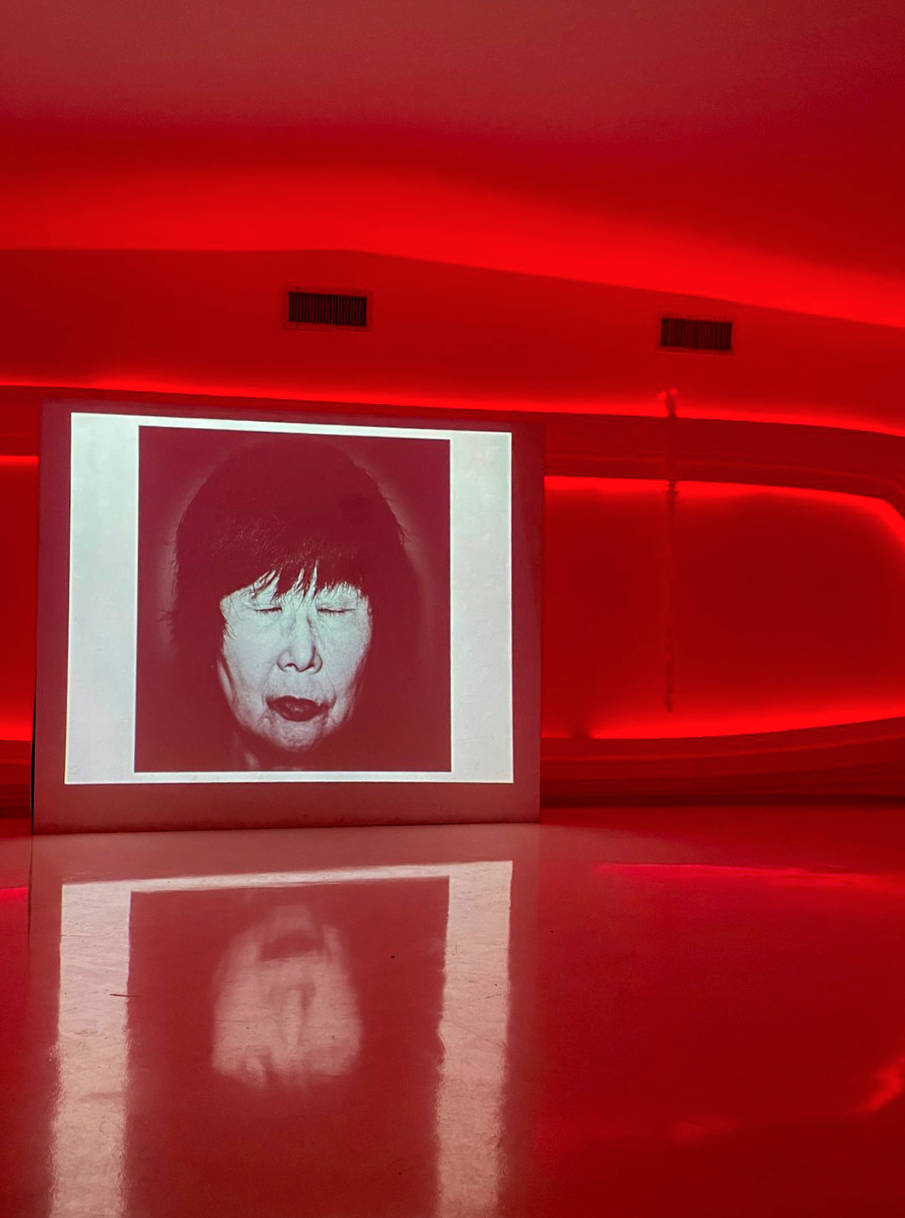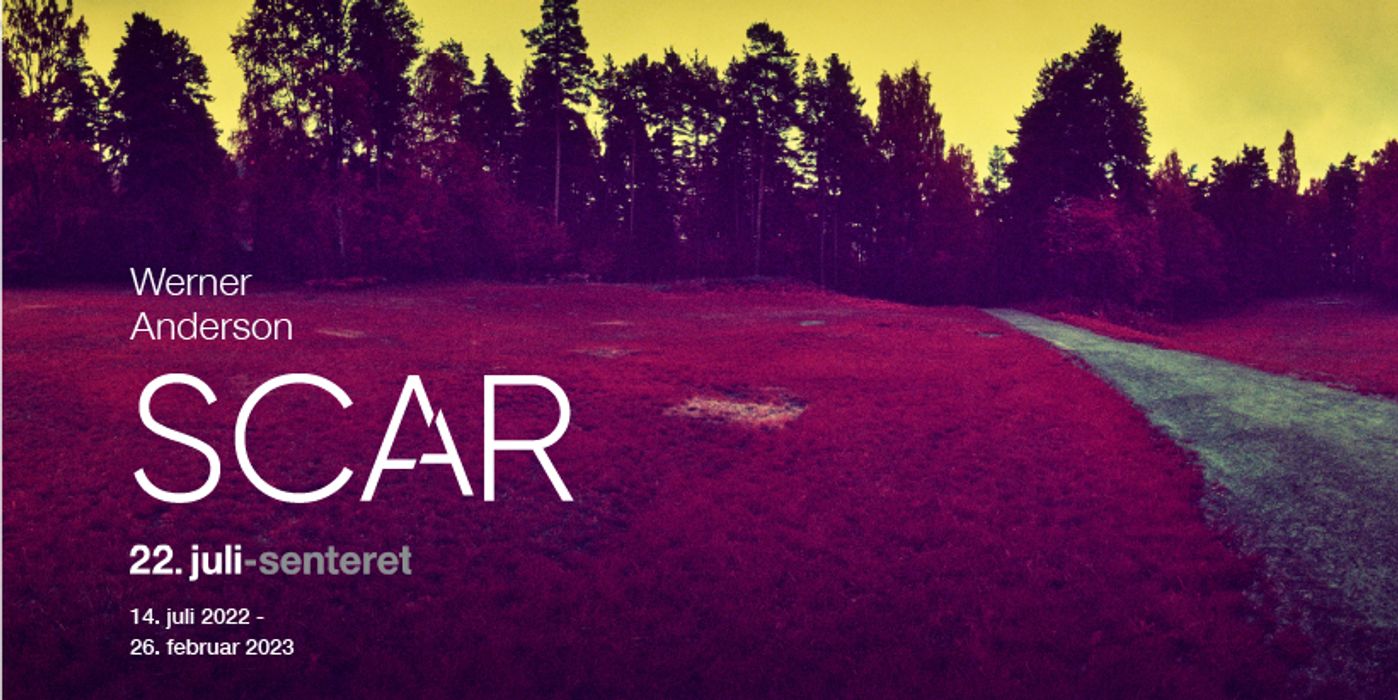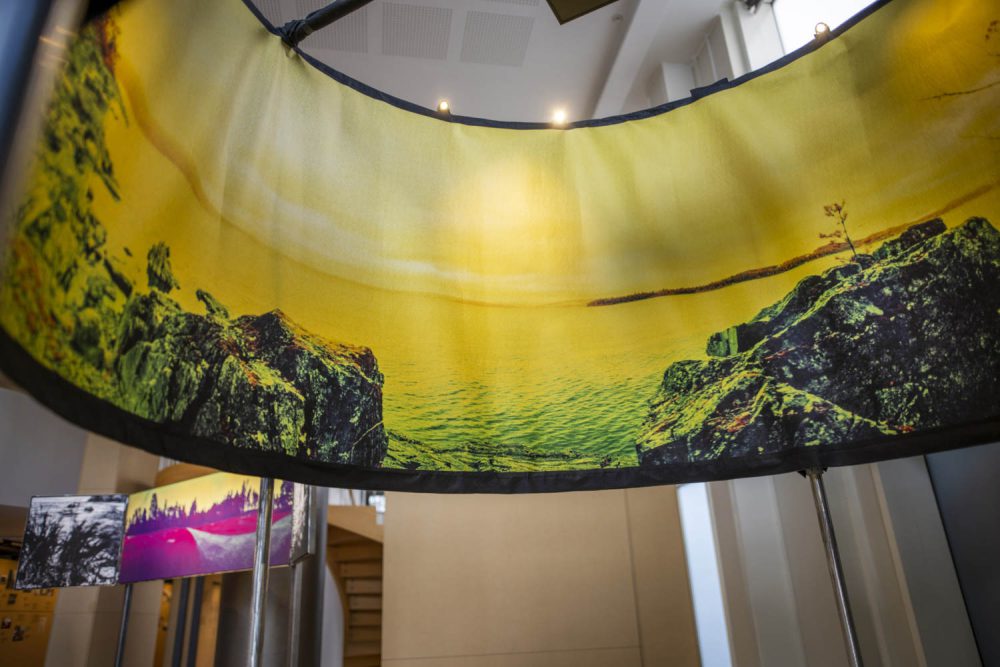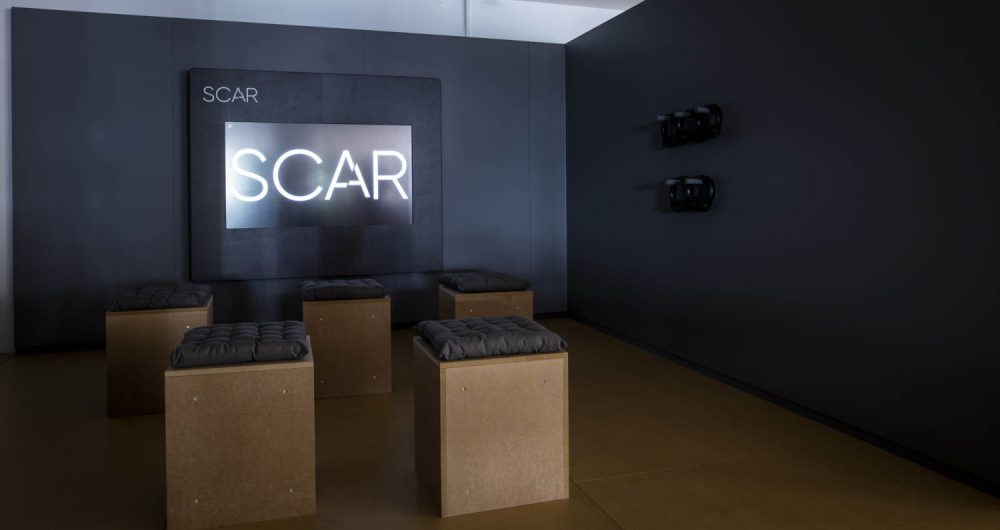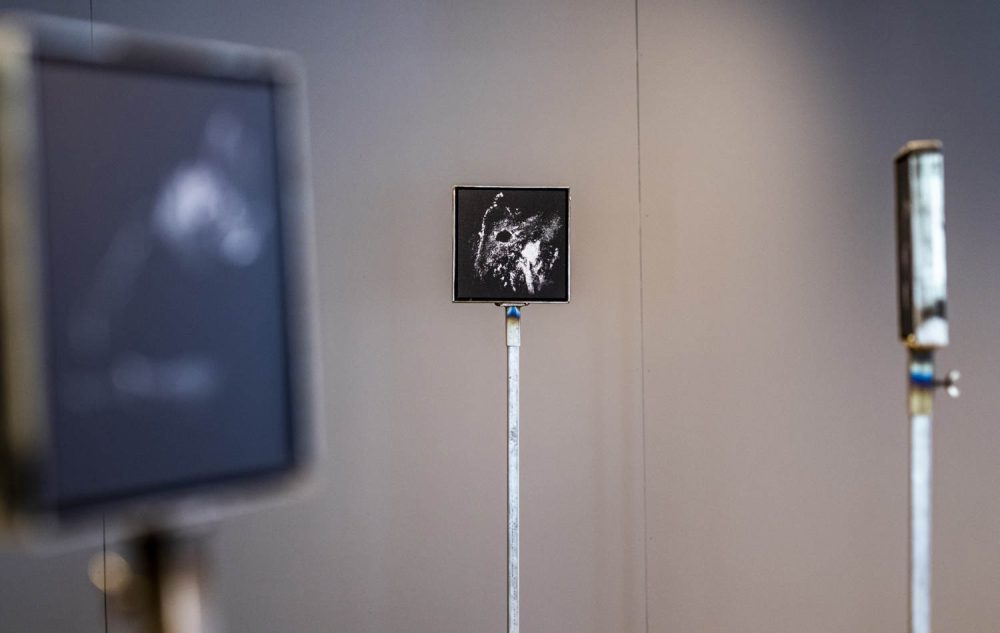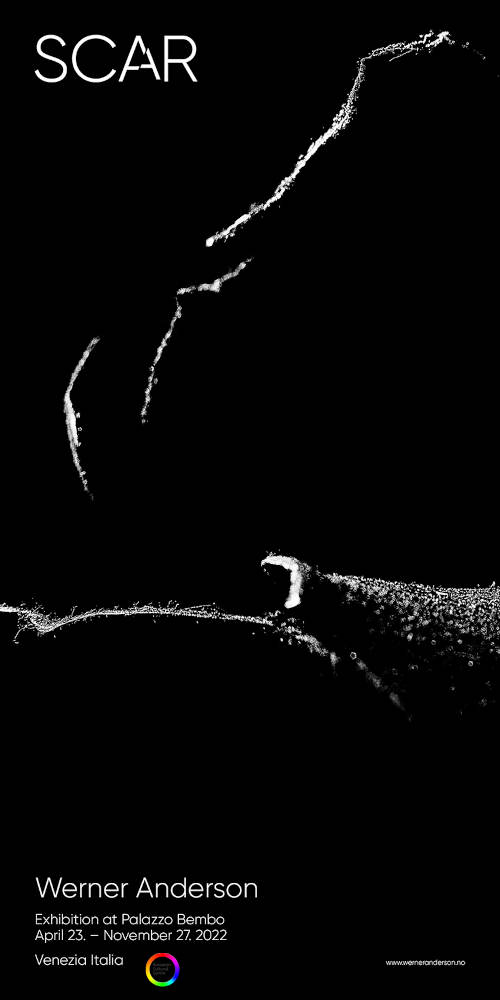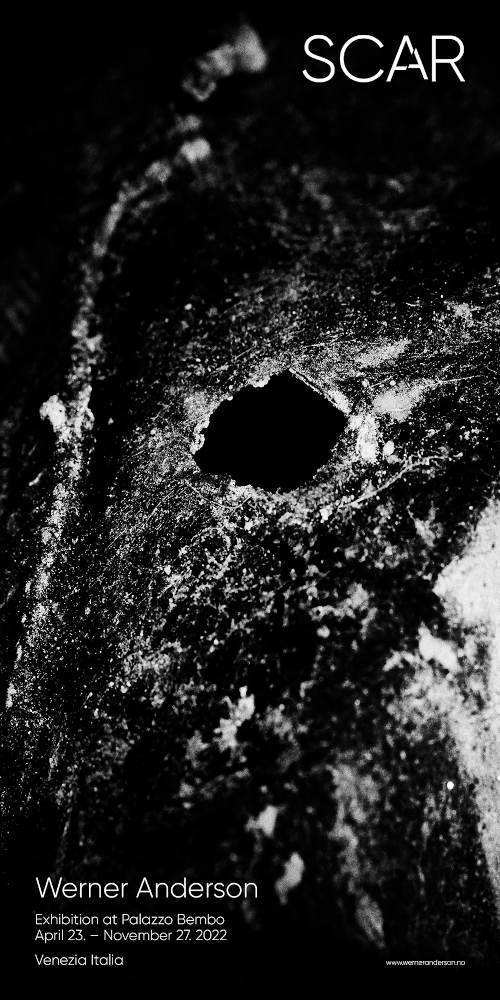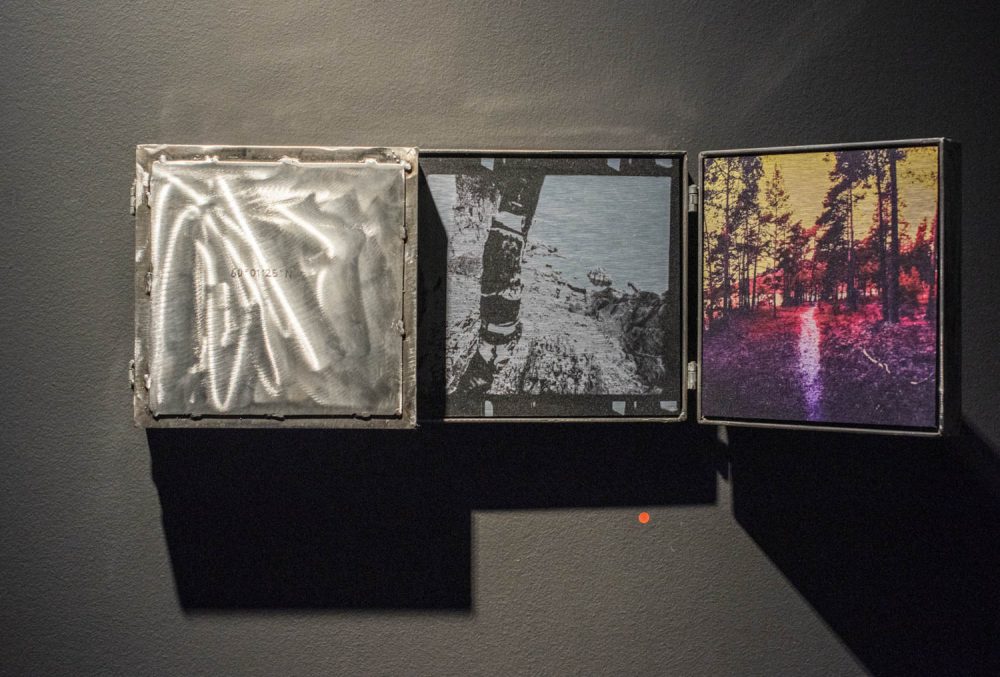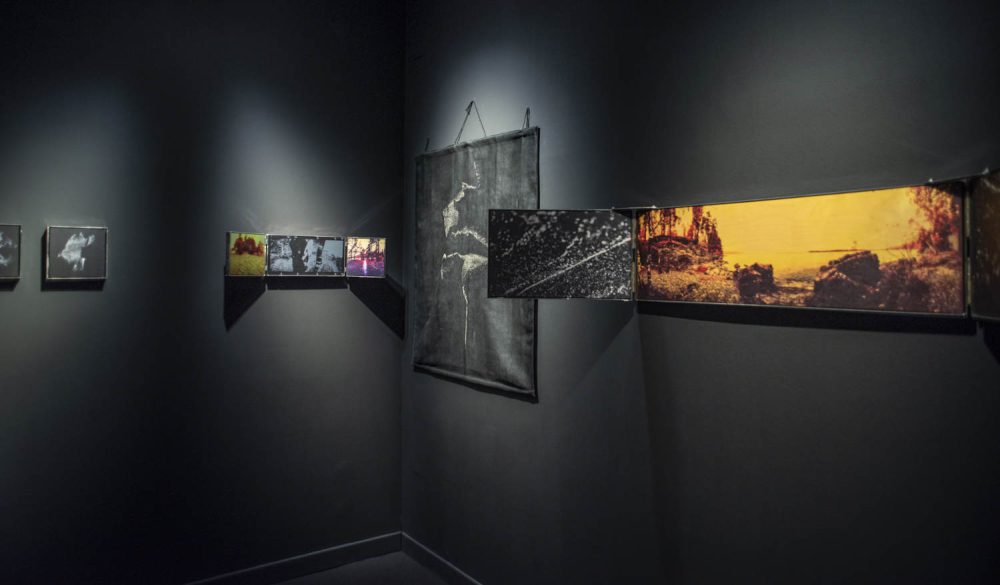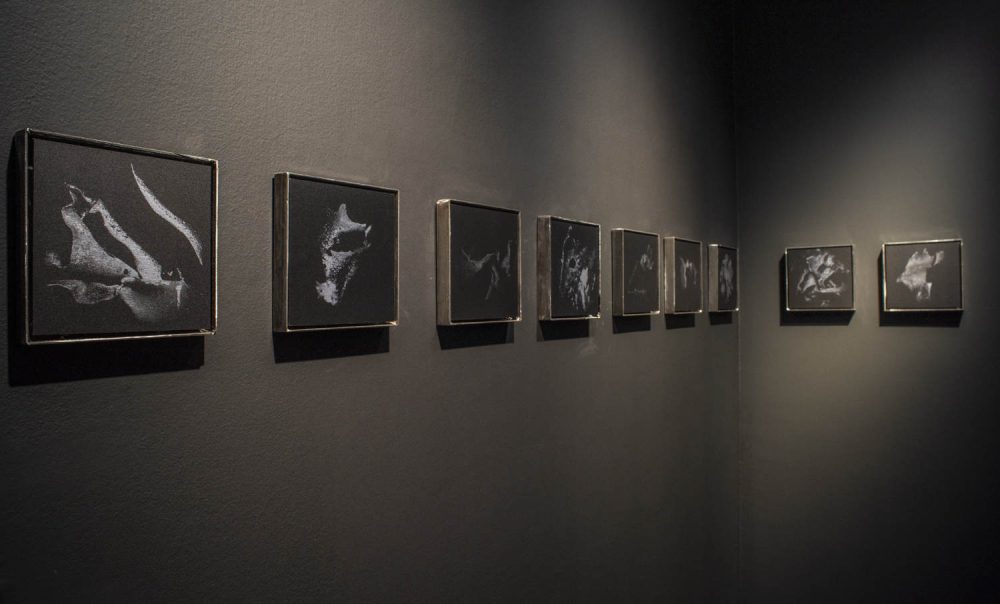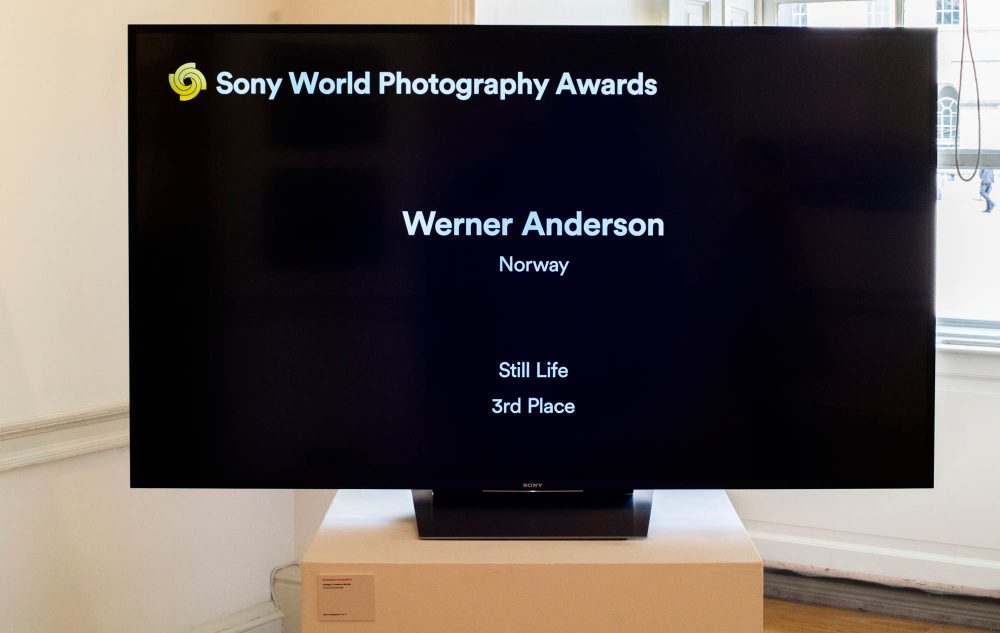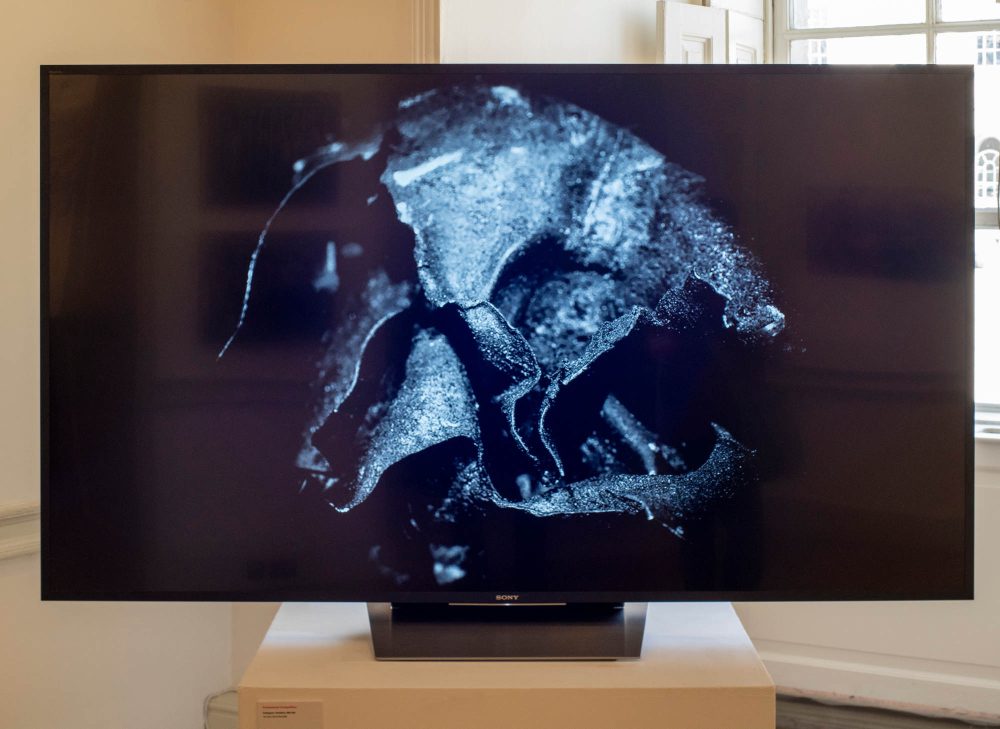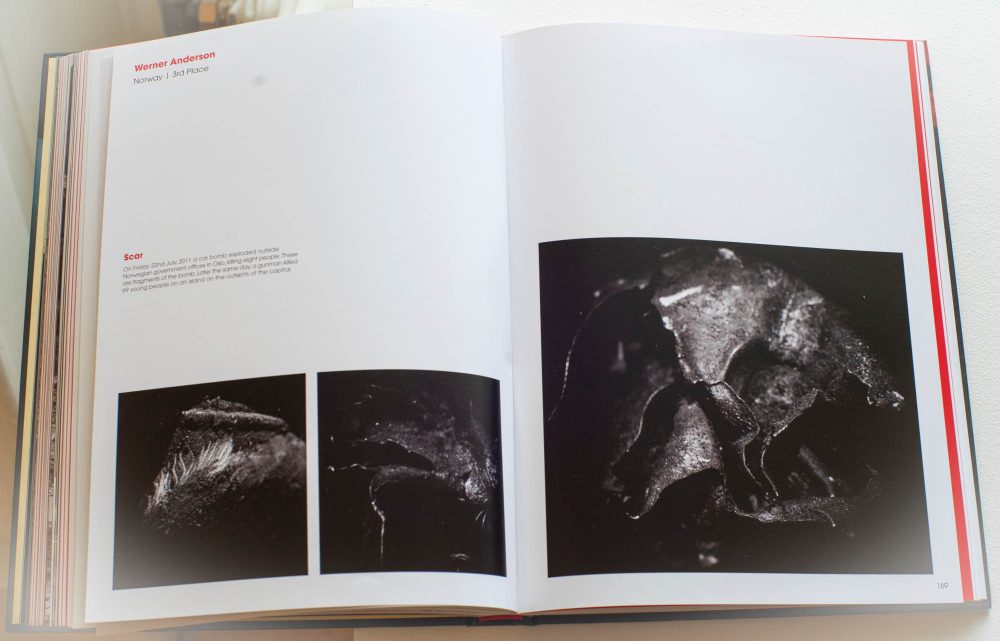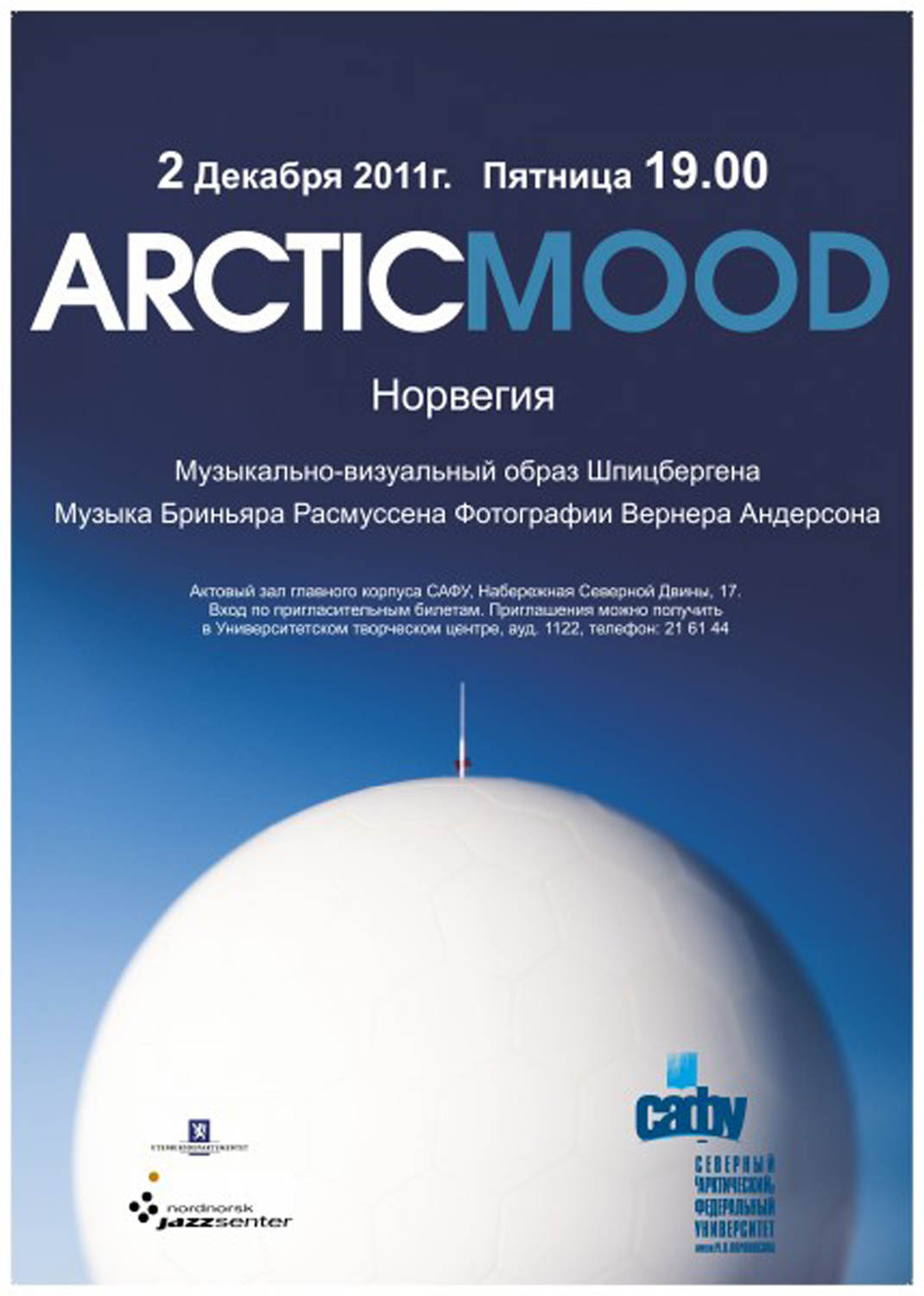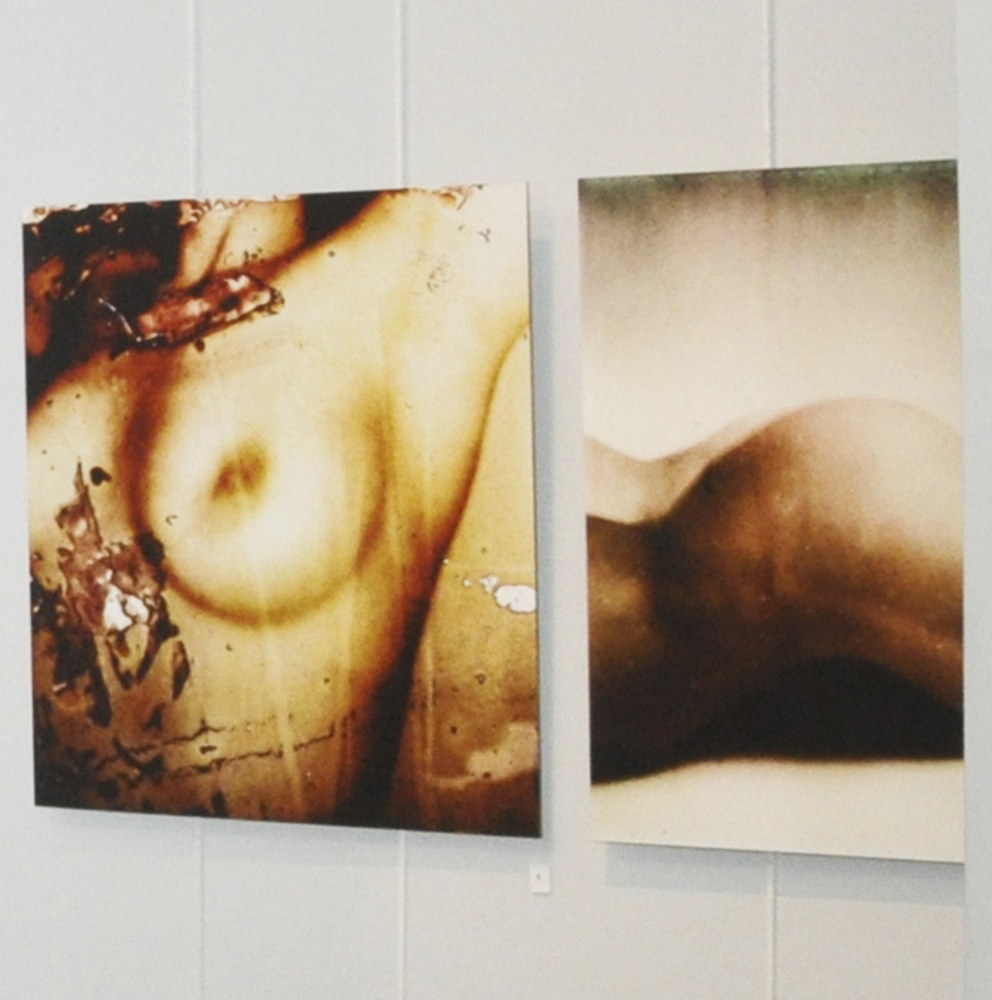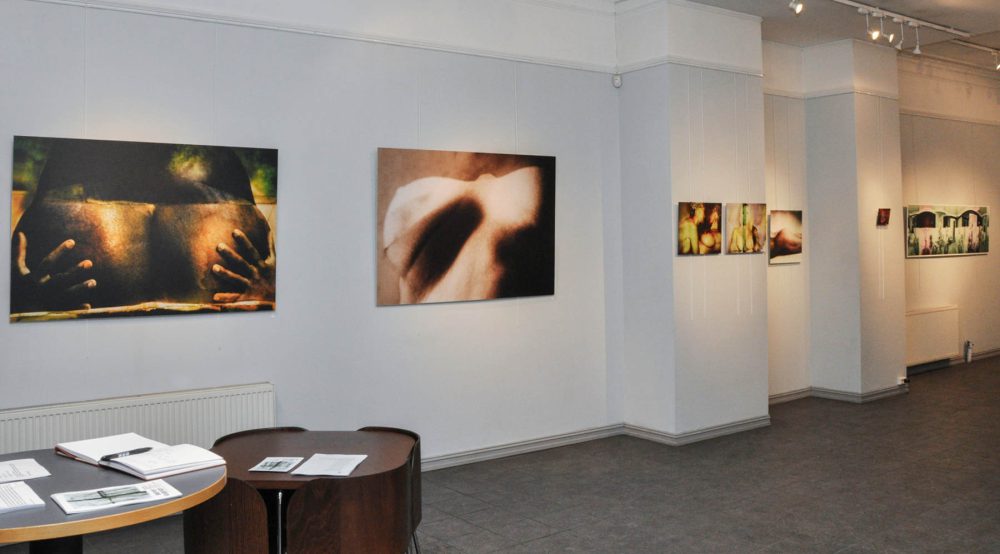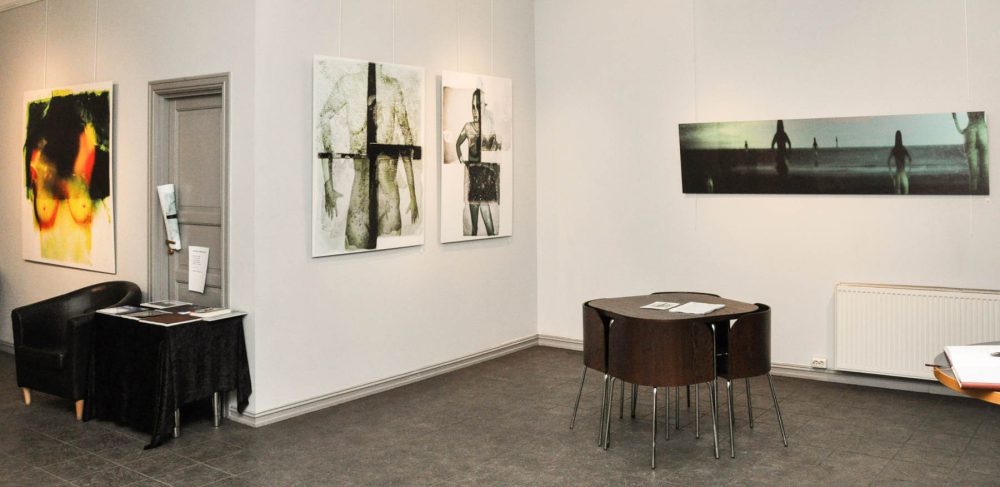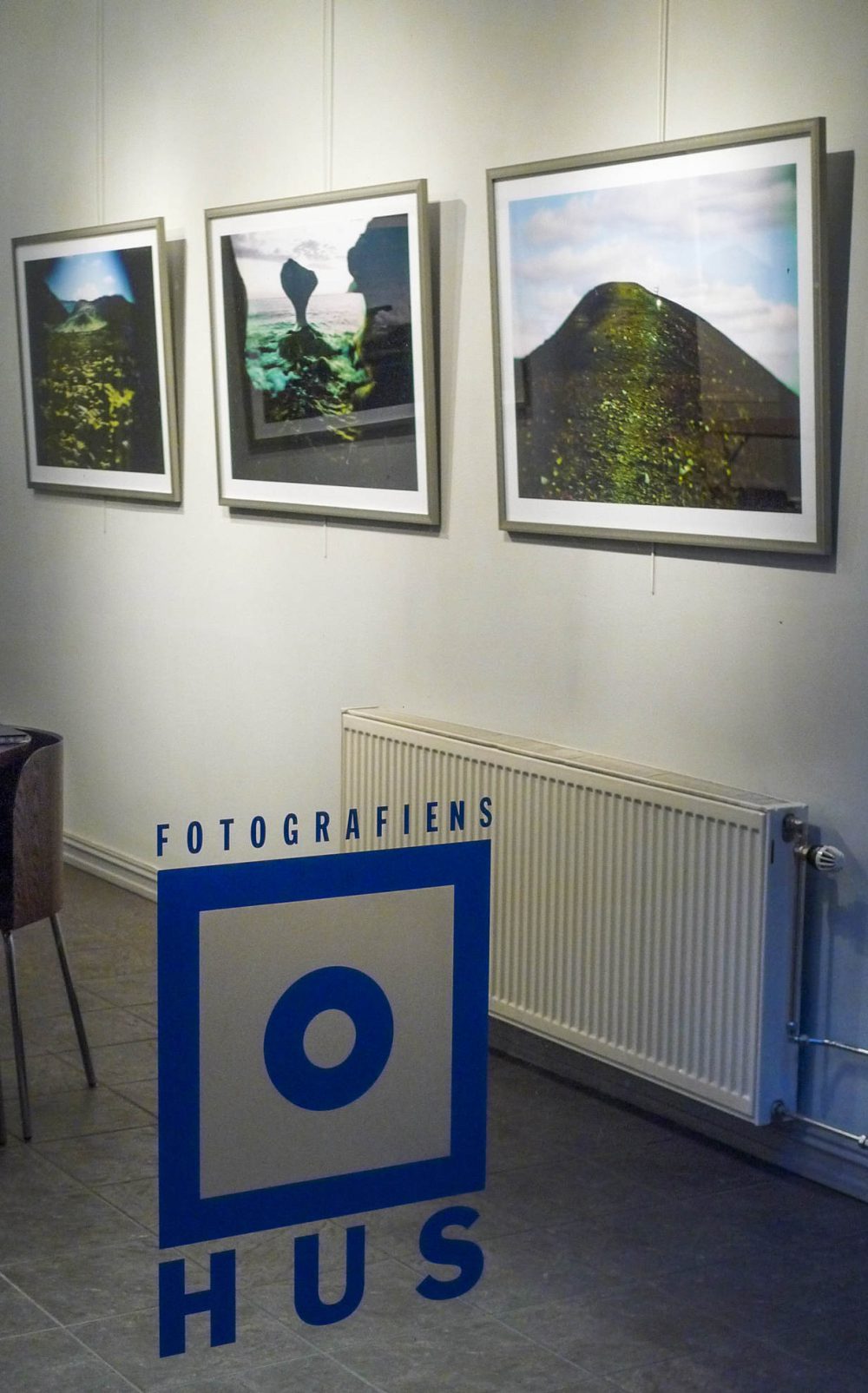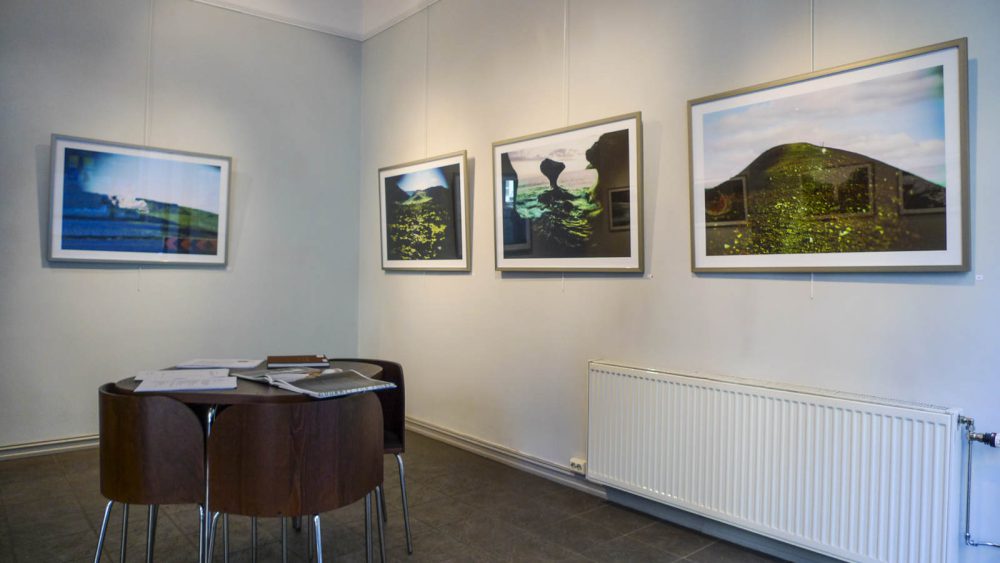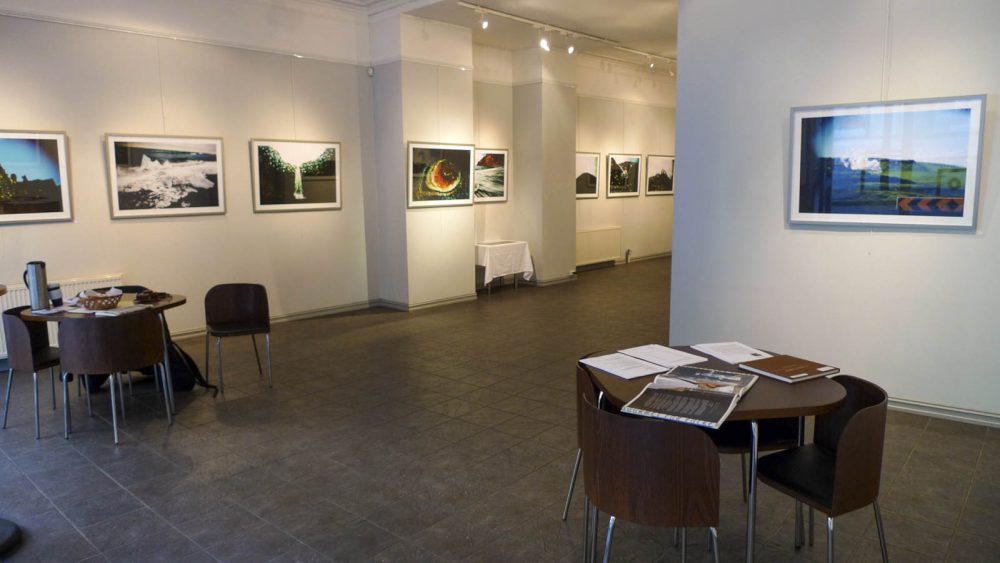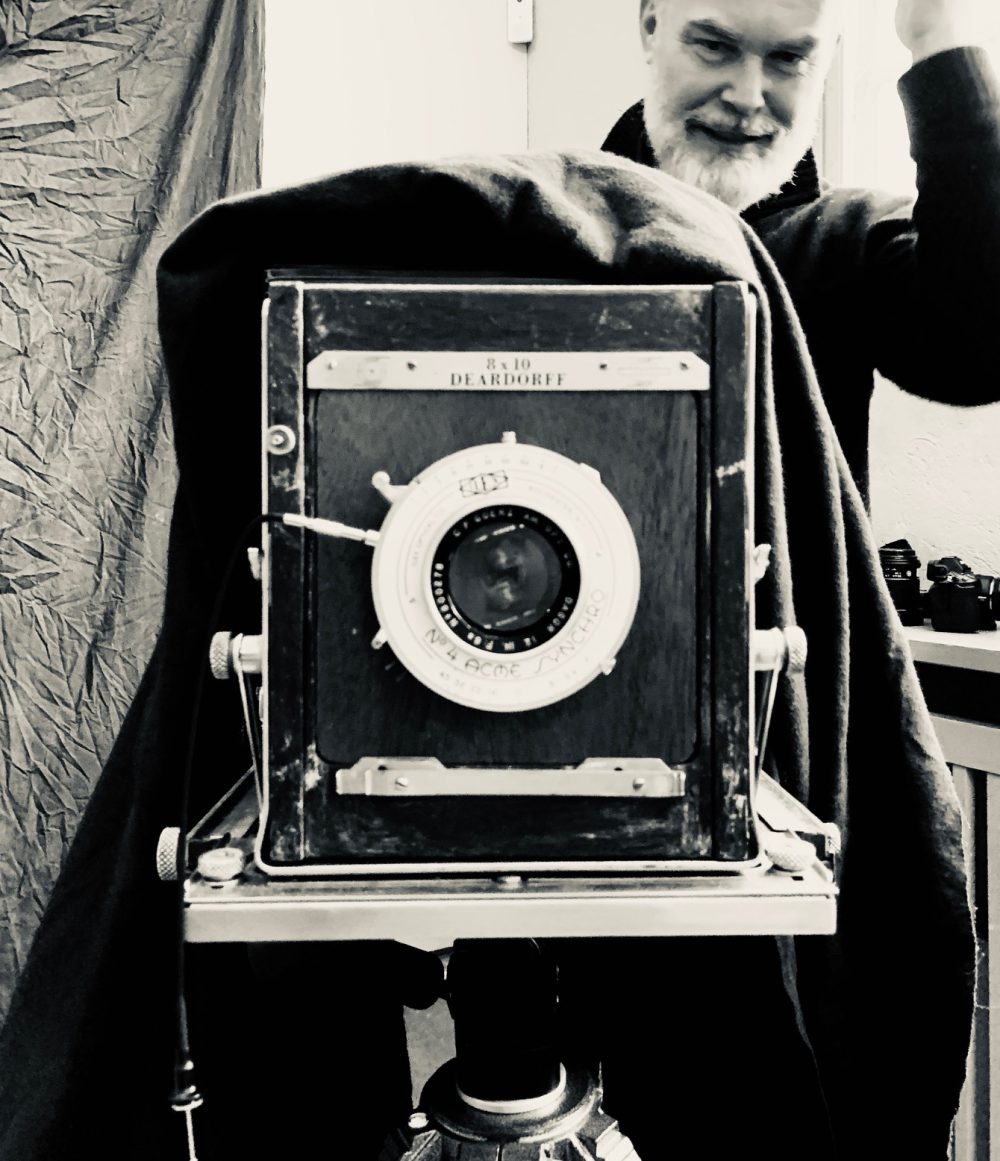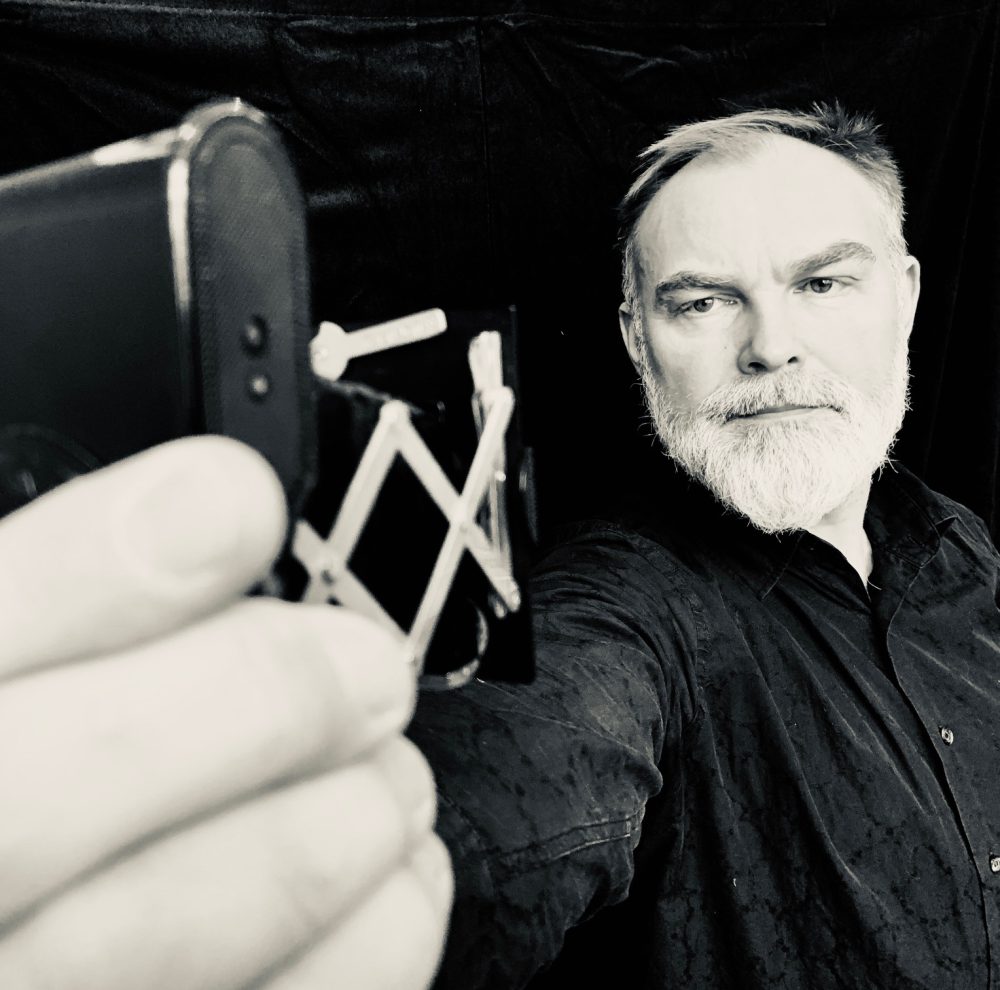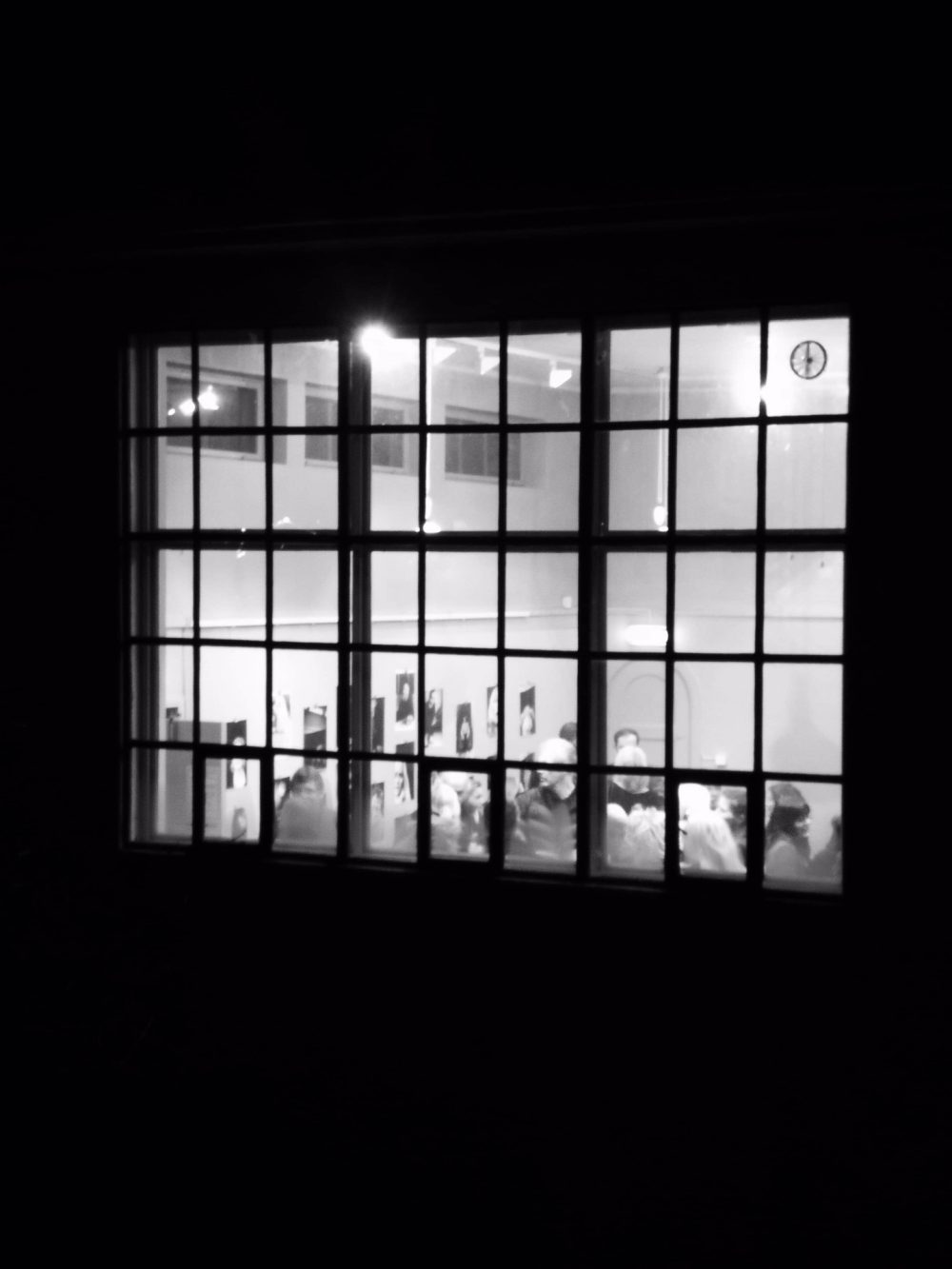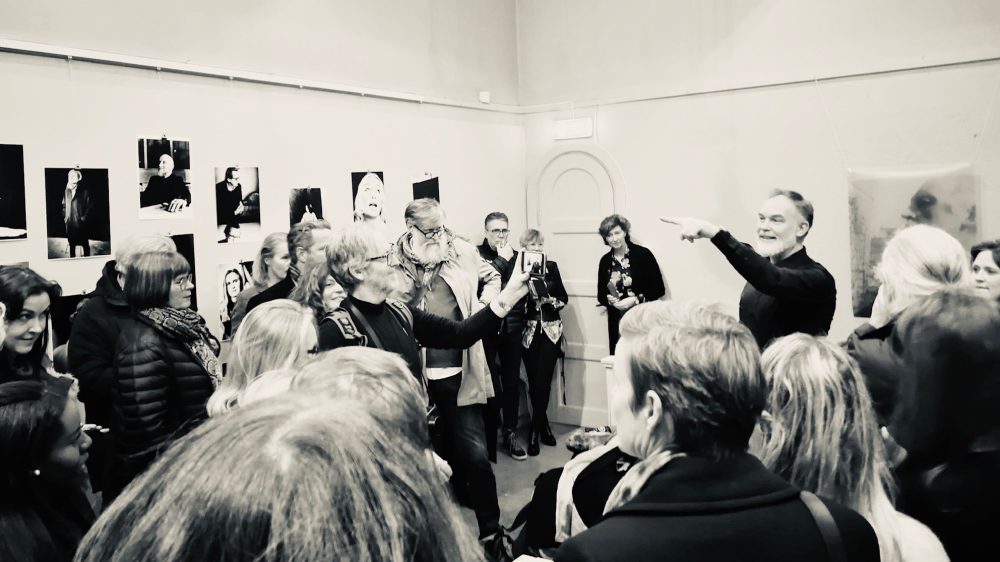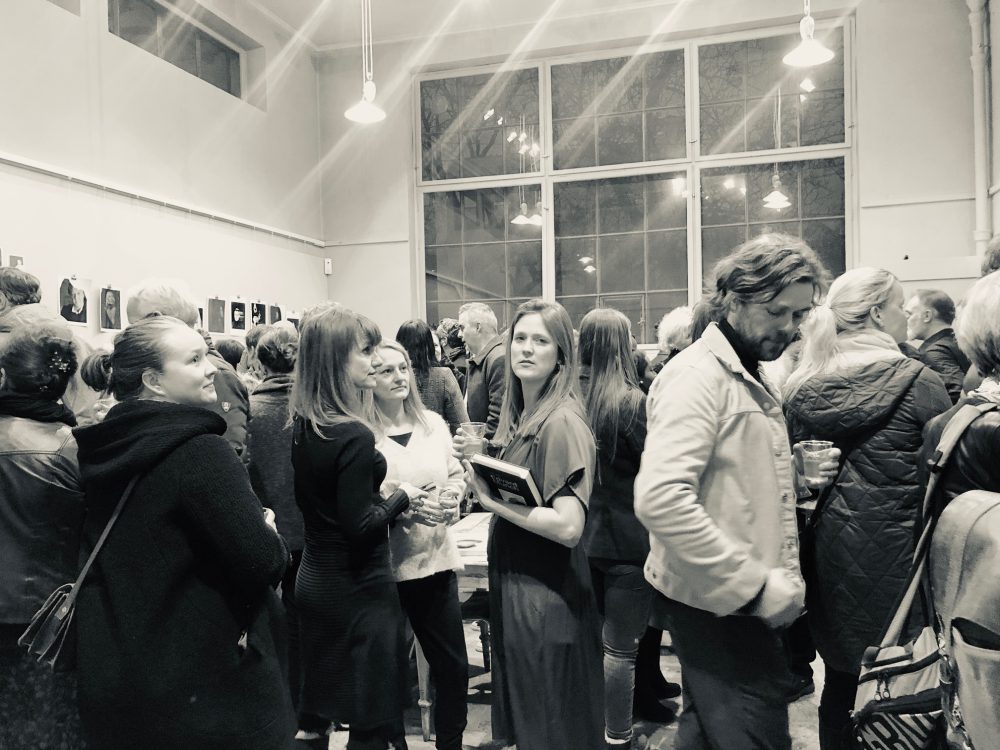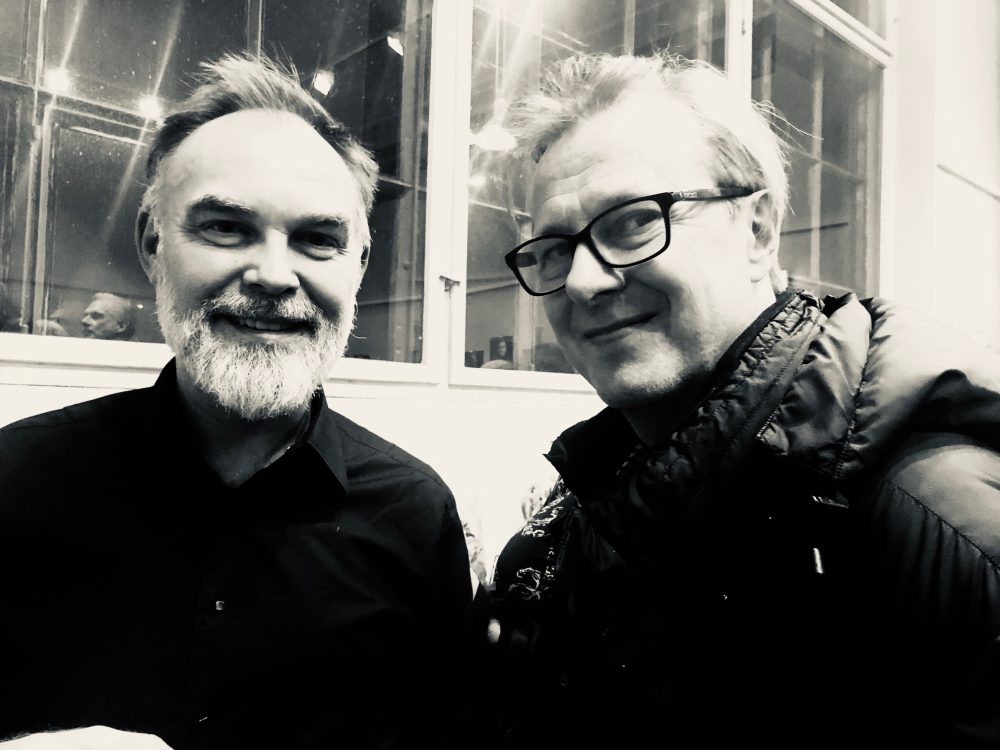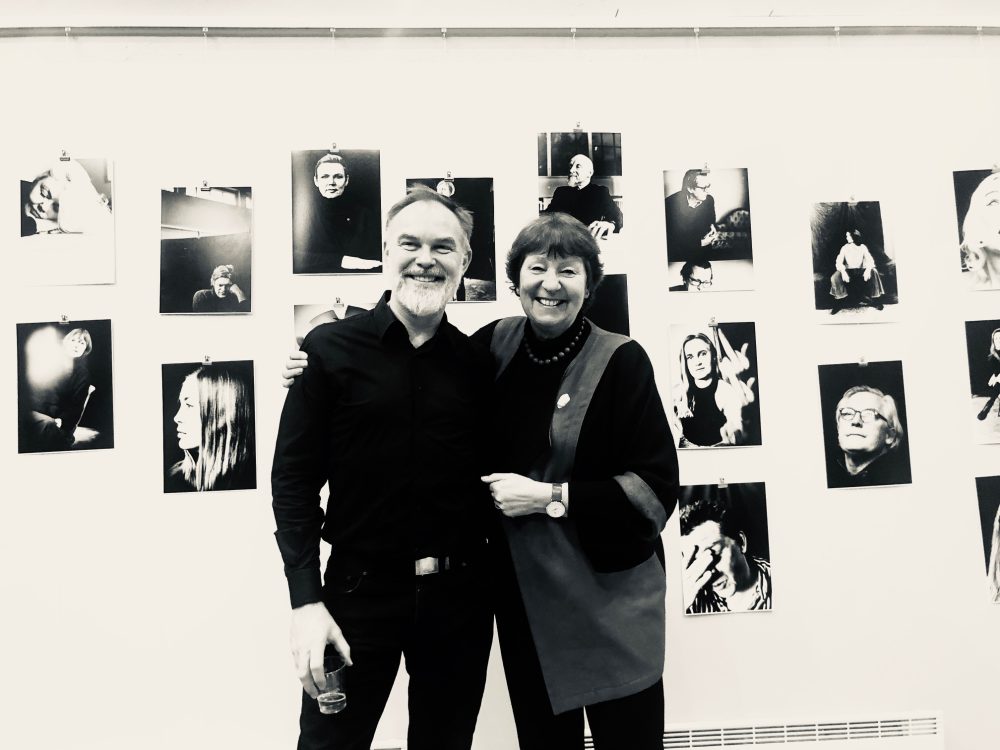Pilgrim – Gamle Aker Kirke, Oslo 2025
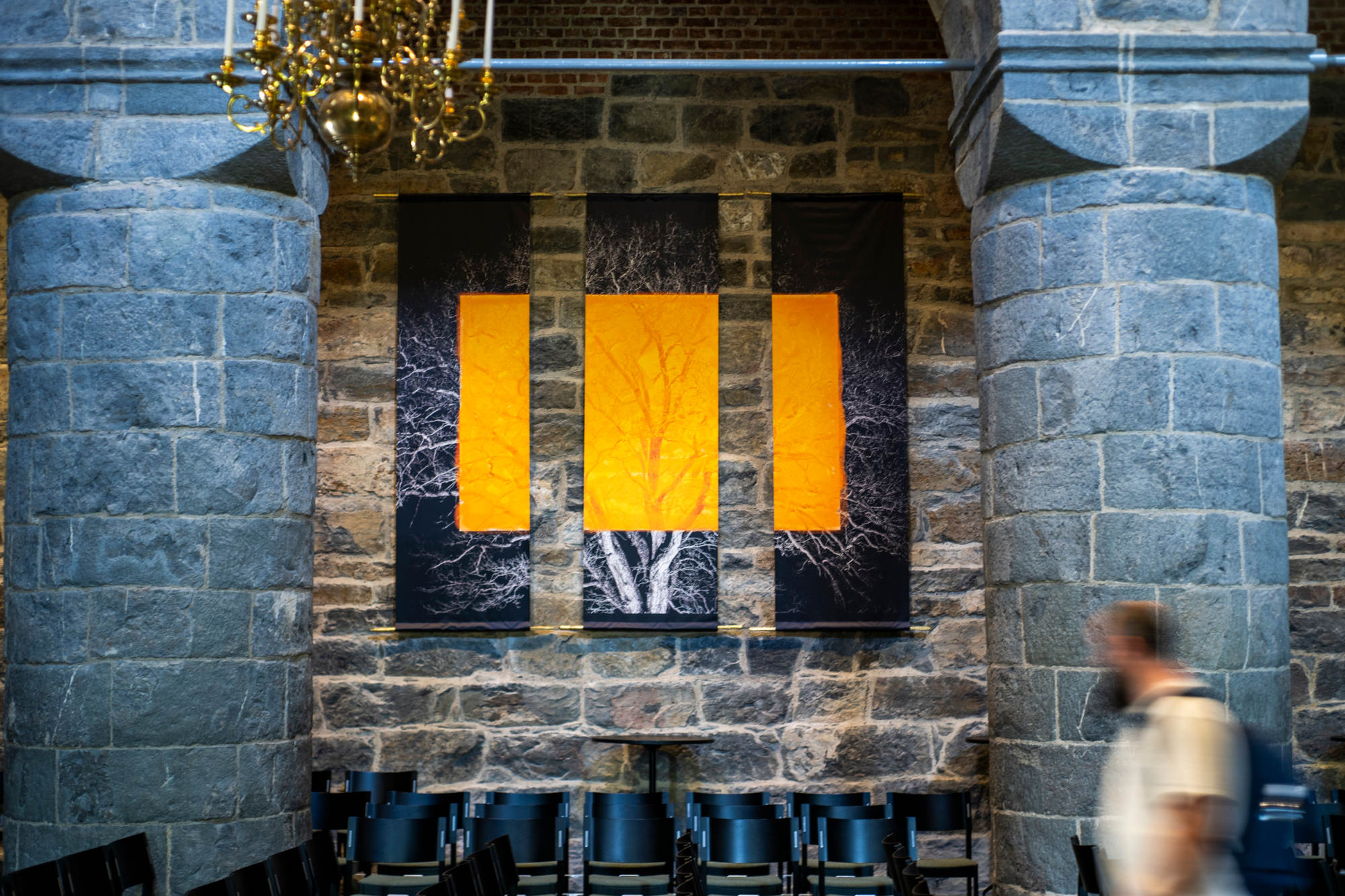
The Old Aker Church in Oslo, one of the country’s oldest and most beautiful spaces, is opening its doors for the first time to an art photography exhibition.
Pilgrim by Werner Anderson will be on display in the newly renovated church room and in the crypt from June 26 to August 17. Pilgrim is a poetic and thought-provoking photo exhibition that invites you to reflect on slowness, longing, freedom, presence and the healing power of nature. The photographs were created over several years on Werner’s travels in various landscapes around the world. Starting from monochrome photographs, the artist has colored with the colors of the sun mixed with gold, which in religious contexts can symbolize divine light, transcendence and perfection, but also idolatry and sin.
– “In the face of the pilgrimage tradition, I see not only a religious practice, but a universal longing for meaning and belonging,”
Werner Anderson.
The word “pilgrim” comes from the Latin “peregrinus”, which means “stranger” or “foreign”, and this shows that the pilgrimage was originally about traveling far, often to foreign countries and places.
UNDER DAGEN – Stiftelsen Folldal Gruver 2025
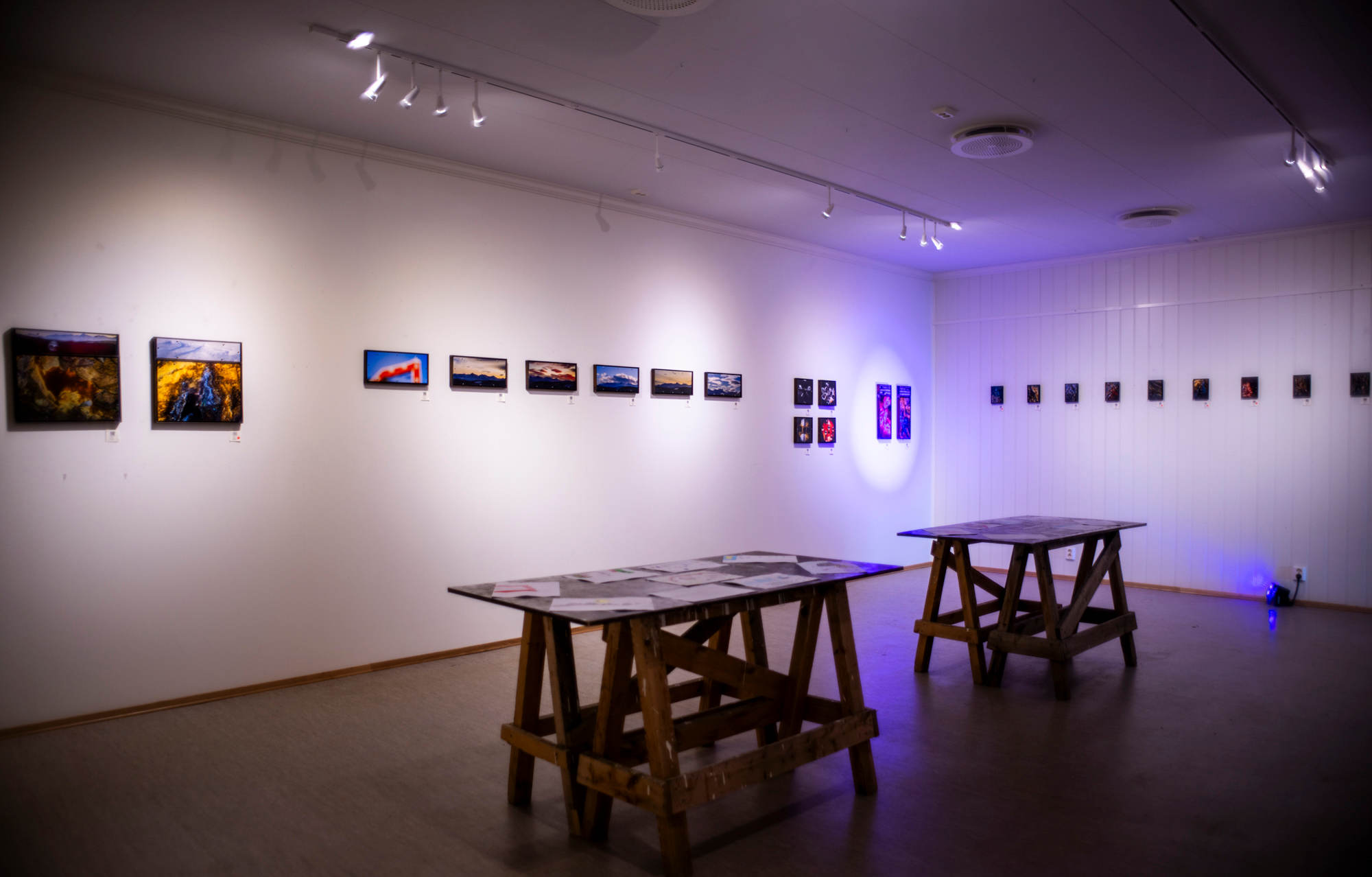
Under Dagen preserves the stories of some of those who actually worked down there in the depths of the mountains in Folldal and combine these with thoughts from today’s youth in the region. Werner Anderson’s artist residency at KunstVerket in Folldal resulted in a relevant contemporary project, that will also be an important document for posterity, which, among other things, address geology and post-industrial use and show this to a wide audience in an audiovisually exciting way. Children and young people from the region are also invited to join Under Dagen for a drawing workshop where we draw the future at the mines. Do the young people in Folldal and the surrounding area have faith in the future?
“- The best thing about Folldal is that it’s not that cold here.”
“- You’re already in the mountains when you live here.”
“- There’s a lot of forest and almost everything nature has to offer.”
School students about living in Folldal.
UNDER DAGEN er støttet av: 
HERBARIUM
Herbarium is a series of photographs inspired by my father’s schoolbooks left behind with his herbarium neatly pasted in sometime in the 1950s.
I can remember from when I was little that he always left wildflowers behind when he mowed the grass, so that the insects also had their share. This was completely natural for him at the time. In our time, we read about the death of insects and we feel climate change on our bodies.
What have we humans done with nature since then?
I got the insects from a closed school, they have stood still on their needles since 1952, but now more than 70 years later, they can fly again.
HIBAKUSHA TESTIMONIES
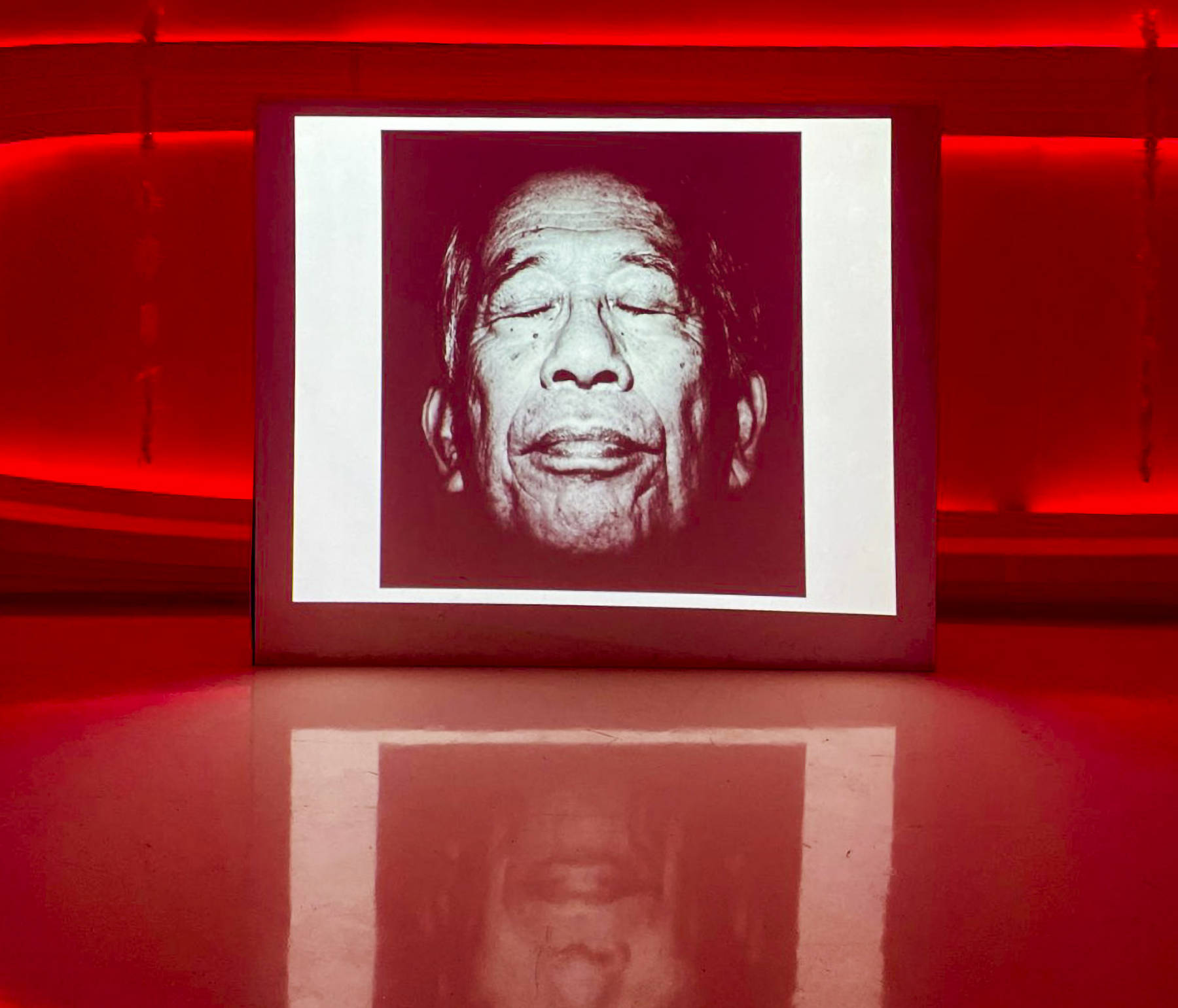
The Hibakusha Testimonies – Museo Internacional Democracia Argentina 2024
Hibakusha is a word of Japanese origin generally designating the people affected by the atomic bombings
of Hiroshima and Nagasaki at the end of World War II.
Your work brings attention to the personal stories of those who survived these atrocities, emphasizing the continued danger nuclear weapons pose to humanity and the future of global security.”
Lara A. Chiavarini
Manager
International Museum for Democracy
SCAR
“The exhibition Scar is a remarkable example of how art can be used as a
means for asking critical questions and highlighting blind spots in the ongoing history-making
of the terror. The artist, Werner Anderson, has worked with the theme after thorough professional work
deepening and review of the facts, and not least, with great respect for those affected”
Lena Fahre, Director 22. juli-senteret Oslo/Norway
“SCAR challenges us to see invisible traces in the landscape, in the stories about the terrorist attack. How we relate to the difficult stories says a lot about a society’s values and self image.
Which parts of the past we lift into our time is not accidental. It’s human not to be able to being in the darkest room for too long. And July 22 is the darkest room. But it is necessary to do so at regular intervals. This project is such an occasion.”
Jørgen W. Frydnes, former Director at Utøya AS
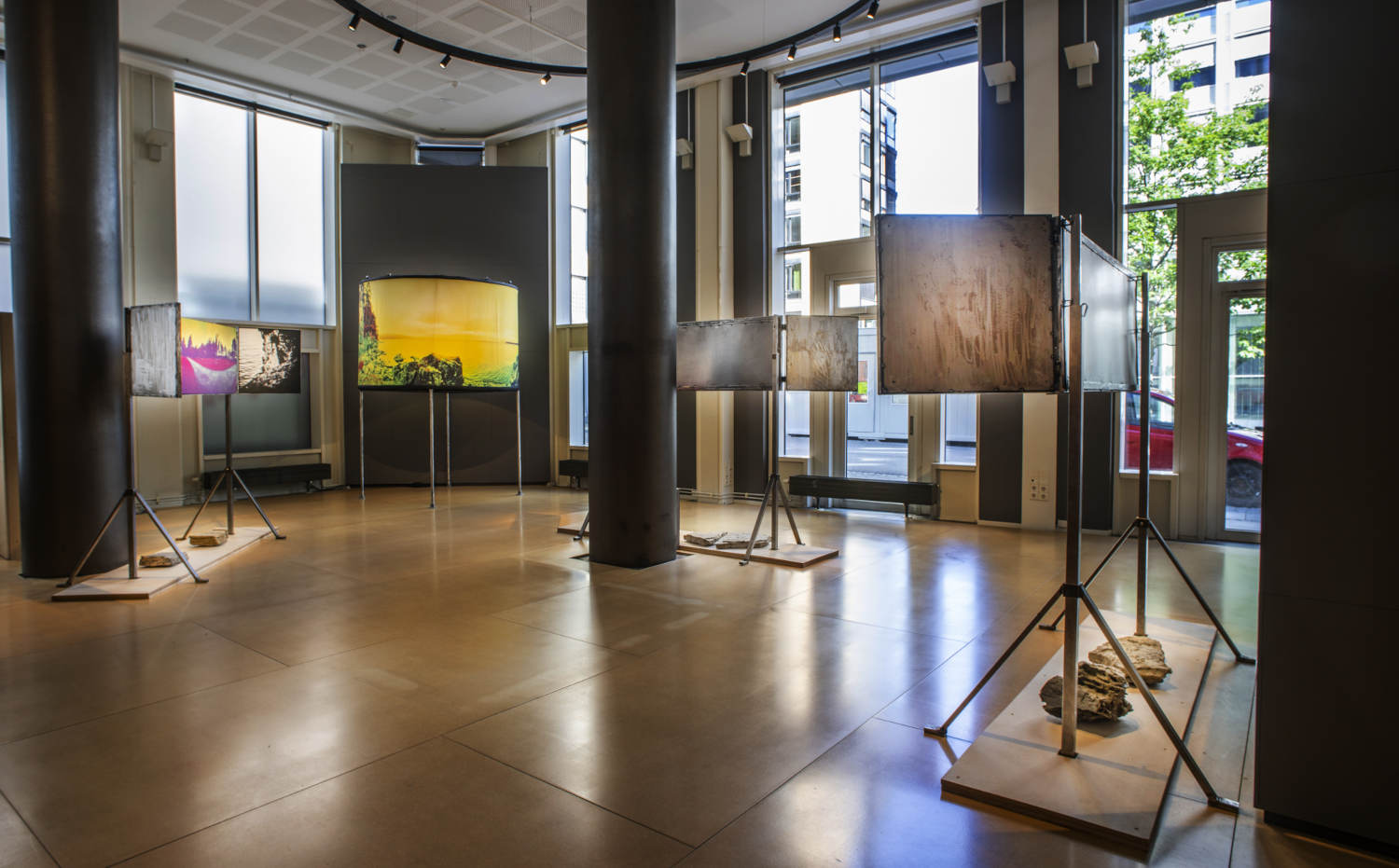
Scar is a photographic exhibition featuring pictures of the two sites targeted in the terror attack of 22 July, taken by the artist Werner Anderson between 2016 and 2021.
The exhibition invites audiences to reflect on perspectives, proximity and distance, and on how we as individuals and as a society make choices about what we see when we approach this difficult story. What is it possible to understand, and what aspects of the terror attack do we wish to take on board? What remains concealed, what do we prefer to push to the side?
Scar is an art installation in two parts. The Utøya landscapes were photographed using a 360-degree camera and exposed on infrared film. The black and white photographs from the Government Quarter show fragmented details of twisted steel from the wreck of the car that carried the bomb. The terror attack in 2011 is the backdrop as well as the motif in both cases, but the perspectives and the points of view are different. In this way, the artist encourages audiences to continue asking new questions in the public conversation about 22 July.
Text by: Ana Rita Ferreira and Maja Gudim Burheim/ 22. juli-senteret
Read more: https://www.22julisenteret.no/aktuelt/utstillinger/scar
SCAR – ECC Venezia Biennal Art Exhibition 2022
SCAR exhibited in Palazzo Bembo, revolves around the idea of reflections, which embodies the dual meaning of a visible episode perceived by the eyes and a mental deed stemming from the action of thinking and pondering with the mind. As envisioned by the European Cultural Centre curator team, the act of reflecting carries the potential to foresee possibilities and the responsibility of imagining a better future.
Supported by: 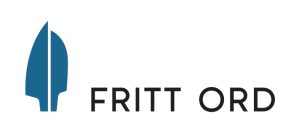
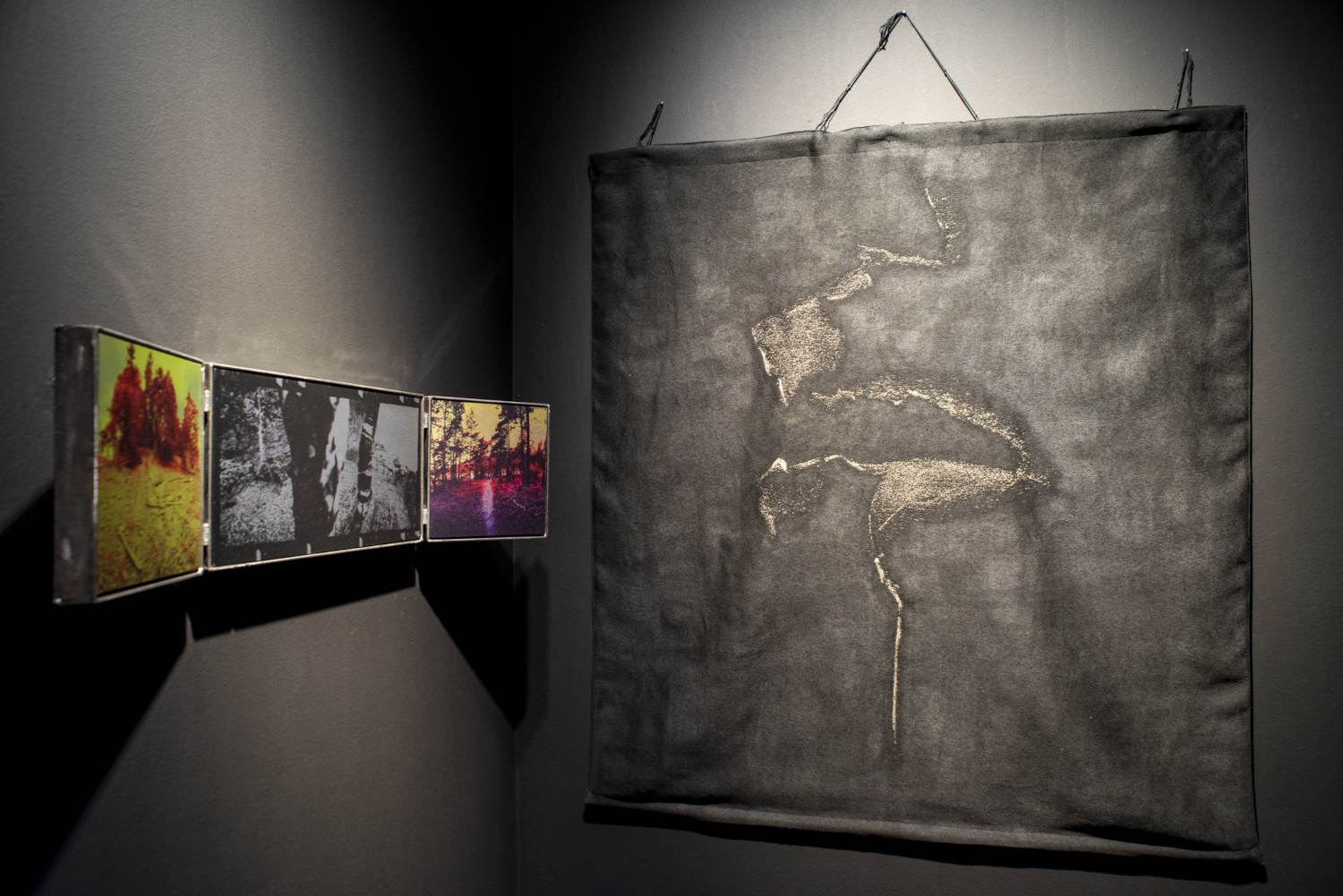
SCAR / CORPUS OBSCURA – Galeria Valid Foto Barcelona 2019
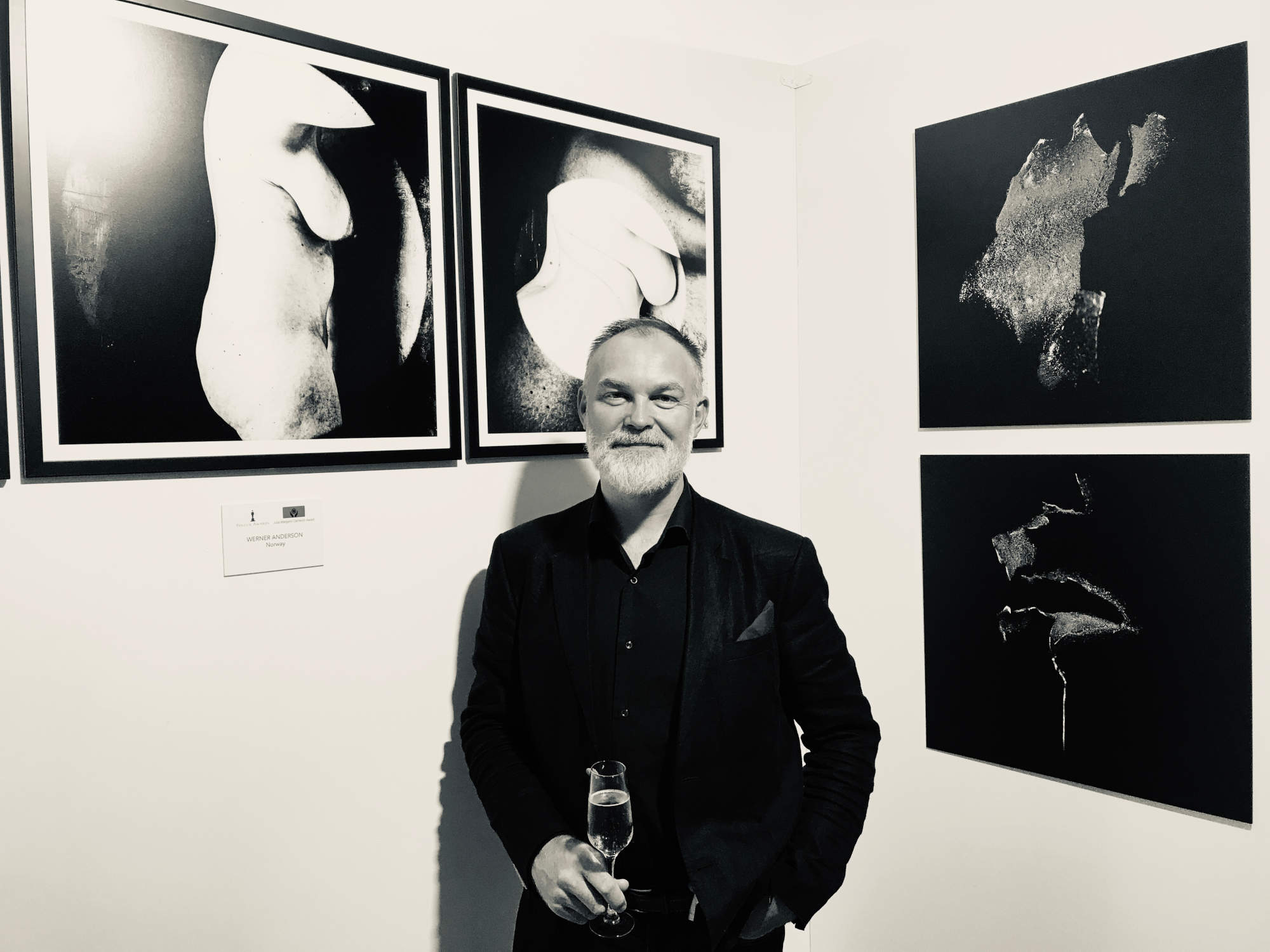
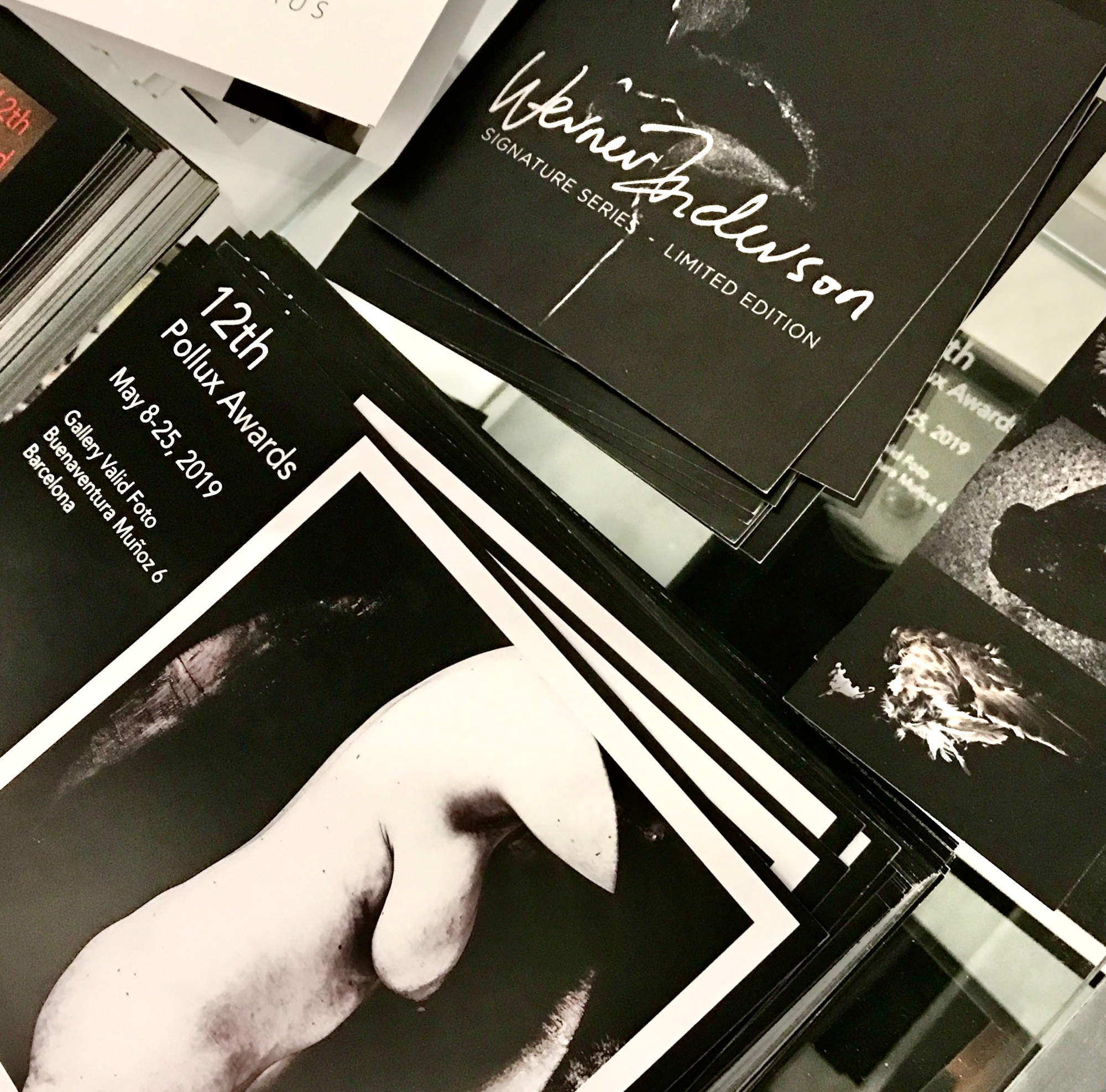
ARCTIC MOOD
Multimedia Opening of Longyearbyen kulturhus in Svalbard 2011
Musician and composer Brynjar Rasmussen and photographer Werner Anderson have repeatedly visited Svalbard in recent years. They are deeply enthusiastic about this fascinating and contrast-filled archipelago, completely incomparable to mainland Norway, and have used it as a source of inspiration for new artistic exploration and development. Nordnorsk Jazzsenter commissioned a work by Rasmussen which, together with Anderson’s photographs, becomes a strong performance based on Svalbard’s unique position as a fishing, research and mining community and security policy arena. The work was premiered in Longyearbyen’s new cultural center in 2011.
“As the composer of Arctic Mood, it was important for me to collaborate with a visual artist who could help support the work’s narrative. Werner Anderson’s working method made this possible and resulted in a holistic and detailed expression where the images and music merged seamlessly.”
Brynjar Rasmussen, Music Composer
NAKEN
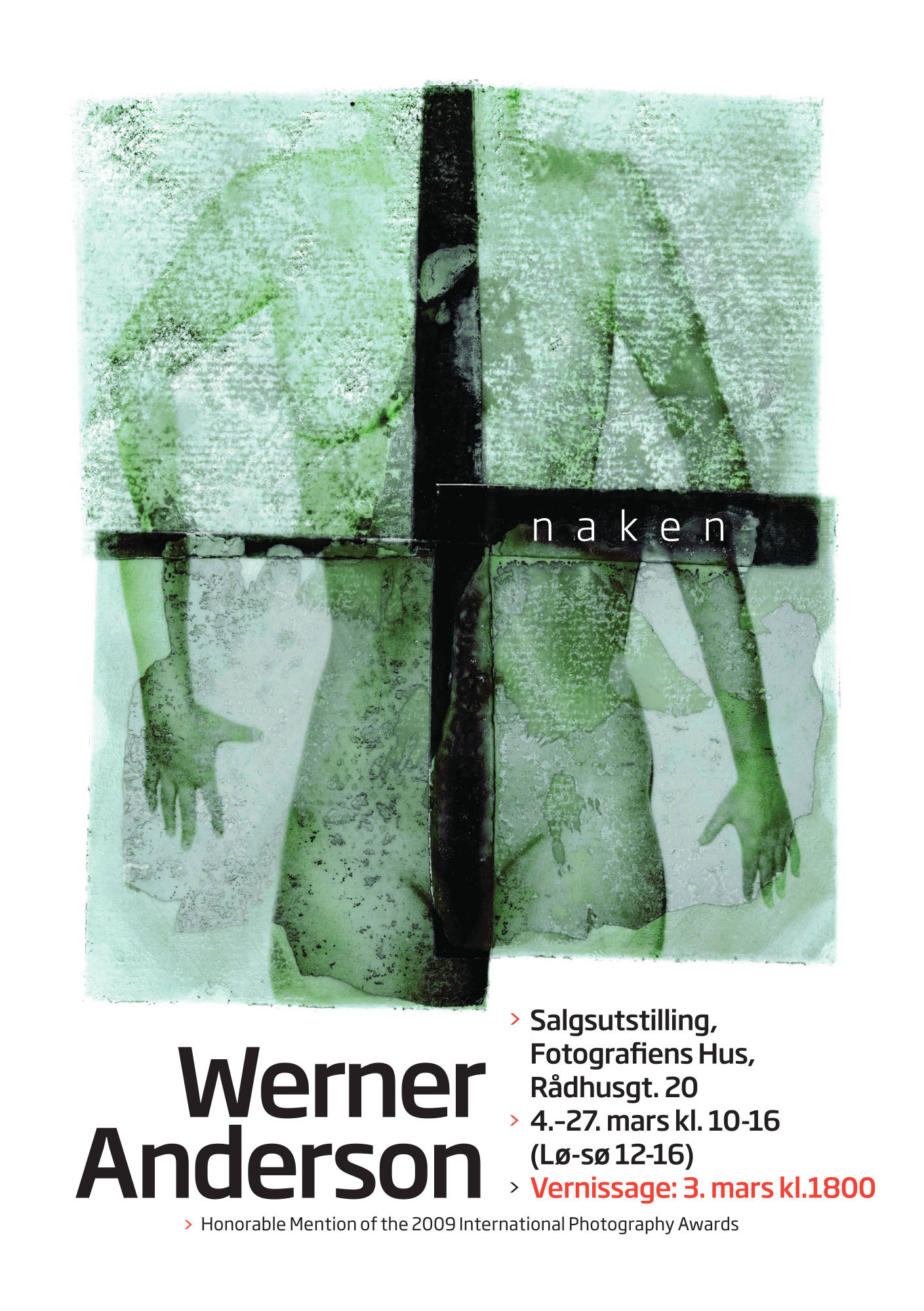
No one is perfect, we all have a body, some take good care of it, others abuse it throughout their lives. The Polaroids are first photographed with an Instant Camera, then they are transferred to watercolor paper, before they are again photographed and enlarged many times up. This means that chemistry, dust and defects become very clear in the photographs of the partially deconstructed naked bodies.
OBSERVER
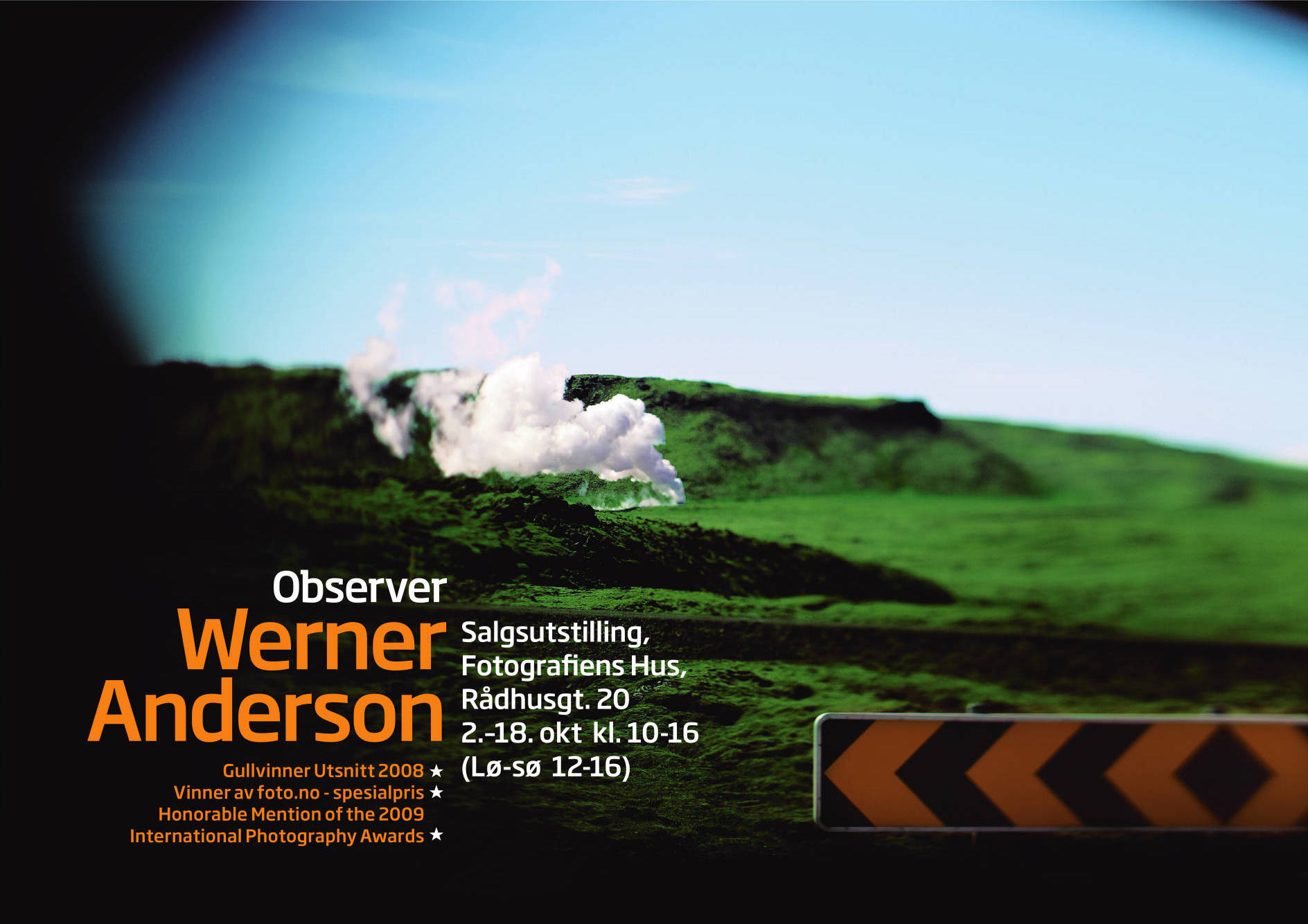
After working for close to 10 years documenting the damaging effects of landmines and war, Observer became a kind of reaction to the horrors of war. With these photographs, I have worked far more instinctively, and did not care about the usual “rules” that apply to documentary photography. I have only walked around nature and observed and interpreted what I see in my own way. From old times I have been afraid to put too much of myself into documentary pictures, but after the land mine projects I have come to the conclusion that if I don’t put my soul into them, the pictures will not be good.
Although there is a lot of nature in the pictures on display, they are far from nature pictures in the usual sense. It is more of a form of documentary photography, colored through the eyes of a socially engaged photographer.
IN HEAVEN OR HELL – Edvard Munchs Atelier 2019
“The photographic apparatus cannot compete with the brush and palette as long as it cannot be used in hell or heaven”.
Edvard Munch himself said this. Since then it has been a rather infamous quote,
often used against photography, but what about today, when we “all” are photographers?
And what about the mutual influence between painting and photography in an
art historical perspective? Most people think that photography has influenced the
development of painting, but it certainly goes the other way too.
I want to challenge Edvard Munch on this and asked Anne Grete Preus, Aslaug Holm,
Ingeborg Senneset, Mona Pahle Bjerke, Christine Istad, Tale Krohn Engvik,
Kristine Onsrud, Petronella Barker, Unni Askeland, Marianne Borgen, Sofia Frøysaa,
Charlotte Thiis Evensen, Cecilie Tyri Holt, Robert Meyer, Hans Olav Brenner,
Lars Saabye Christiansen, Lars Lillo Stenberg, Per Fronth, Sverre Malling and others
about what on earth Munch could mean by this statement?
He photographed himself for periods of more than thirty years and was innovative with
his self-portraits, not entirely unlike today’s “selfies”.
All those I have spoken to about Munch’s quote have been photographed in
Edvard Munch’s own daylight studio at Ekely.

